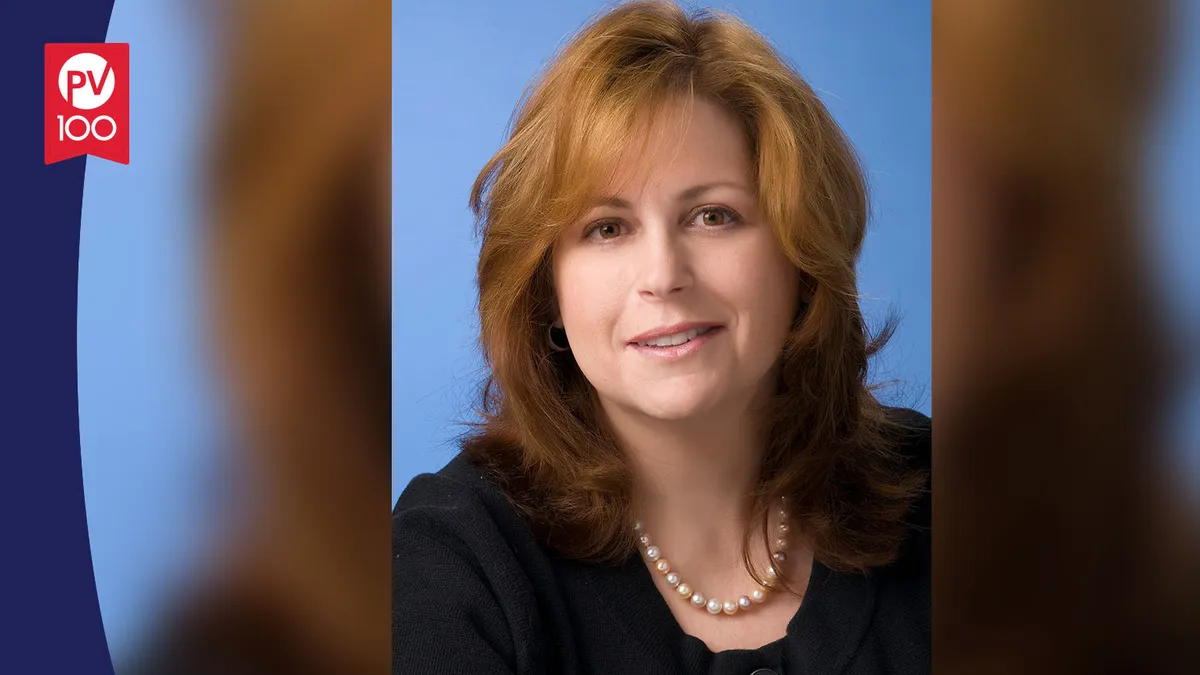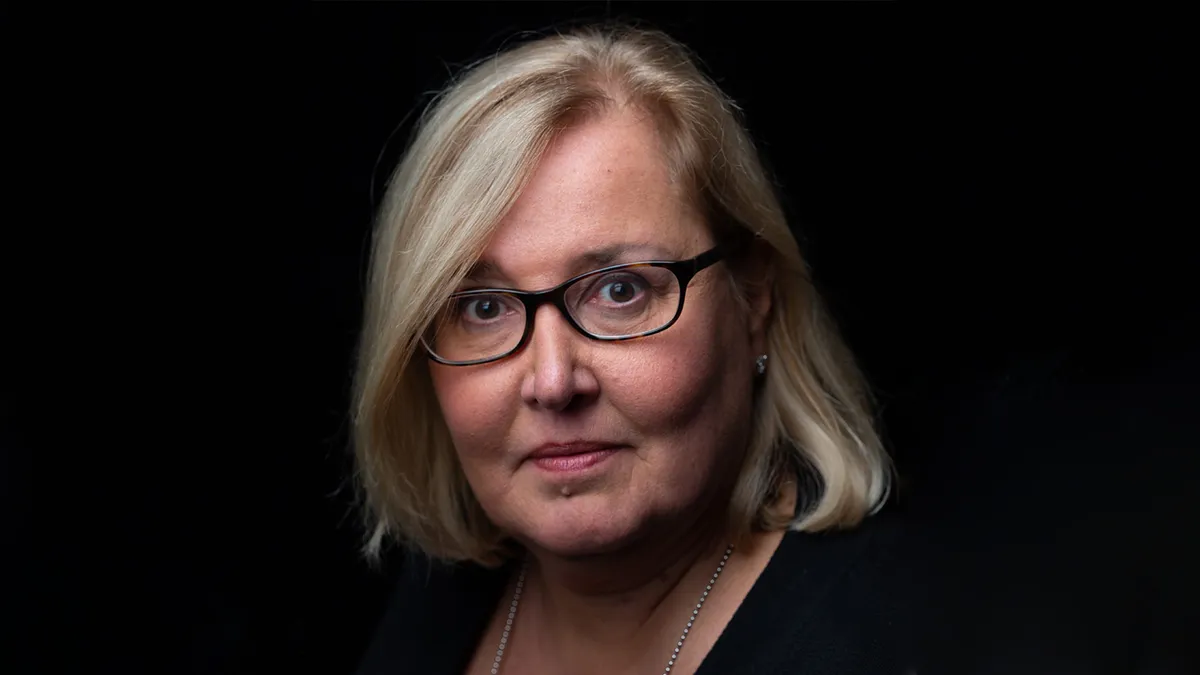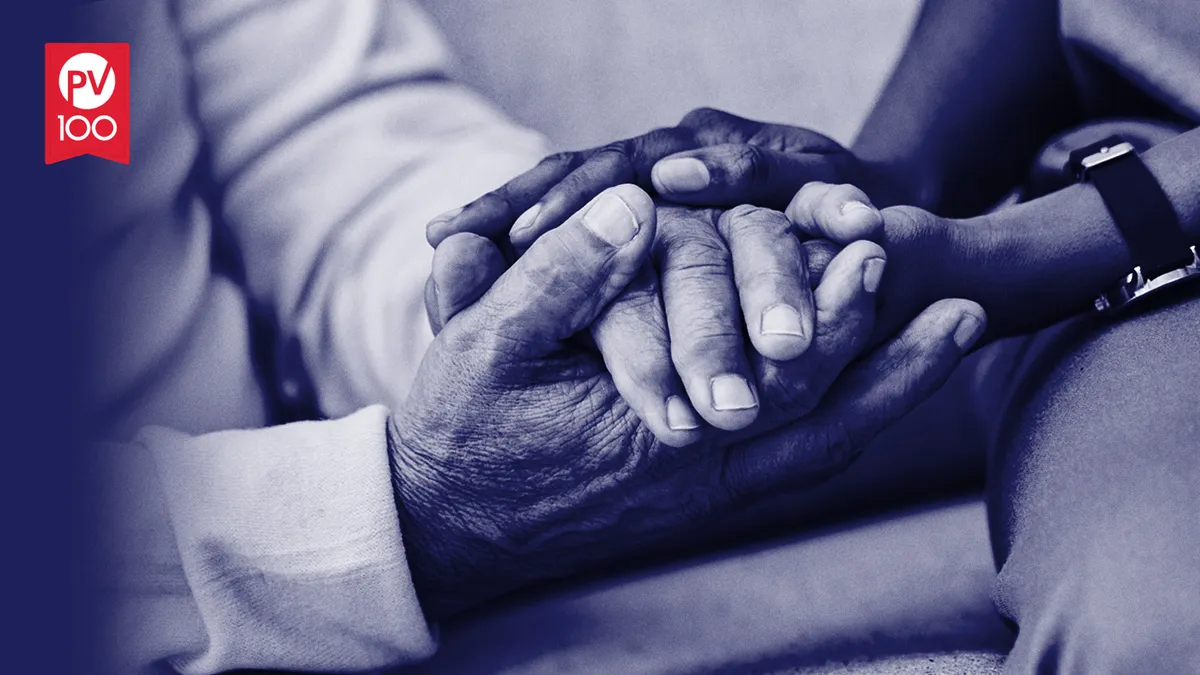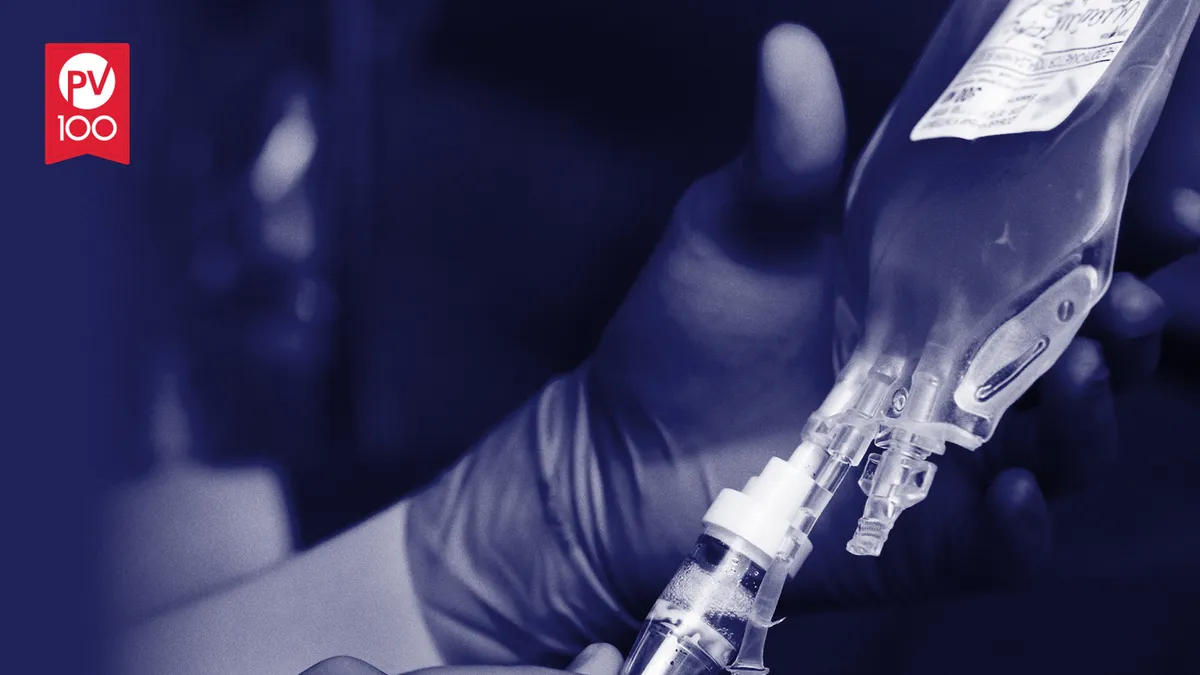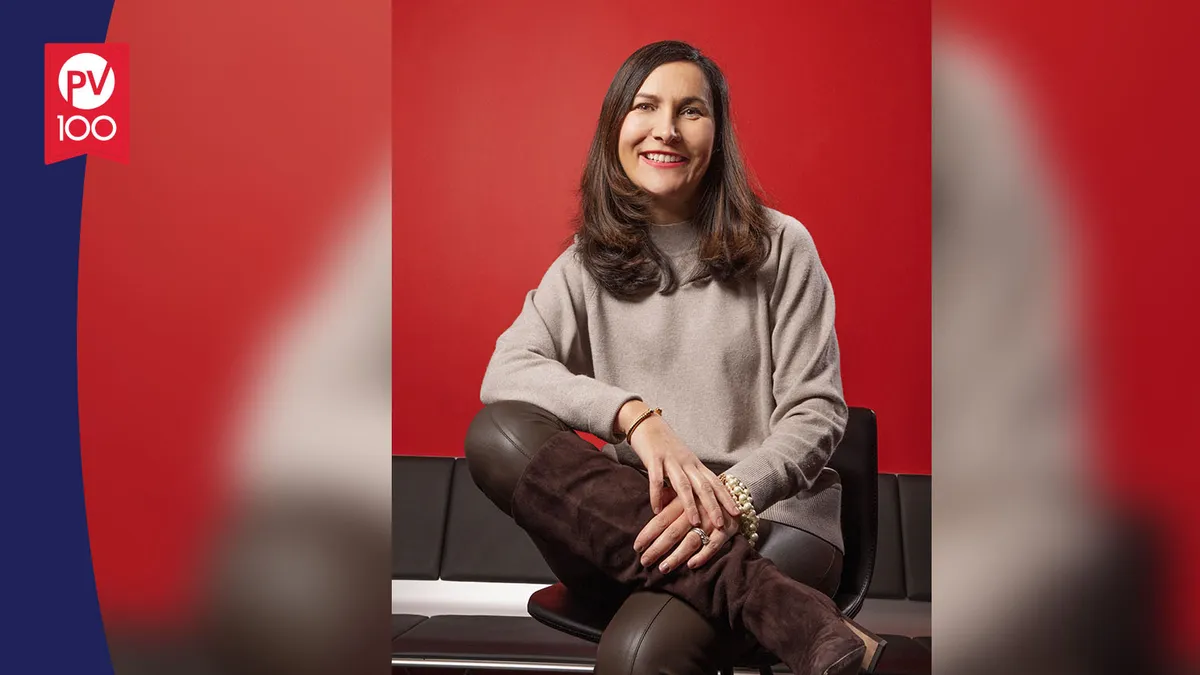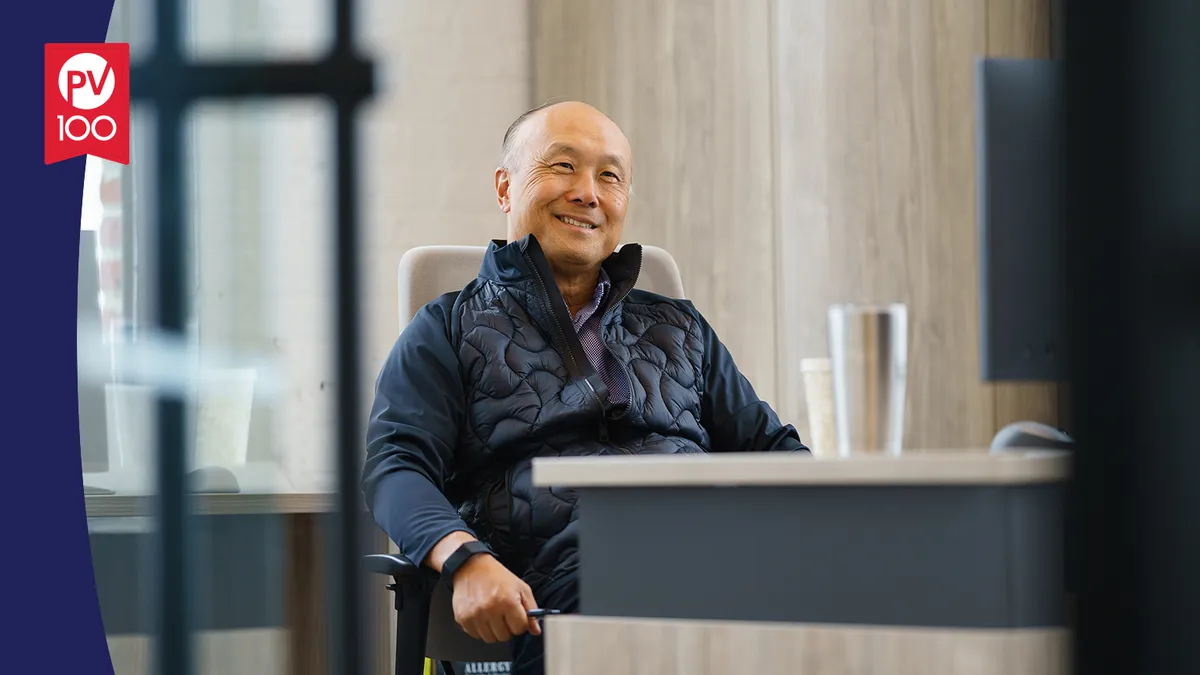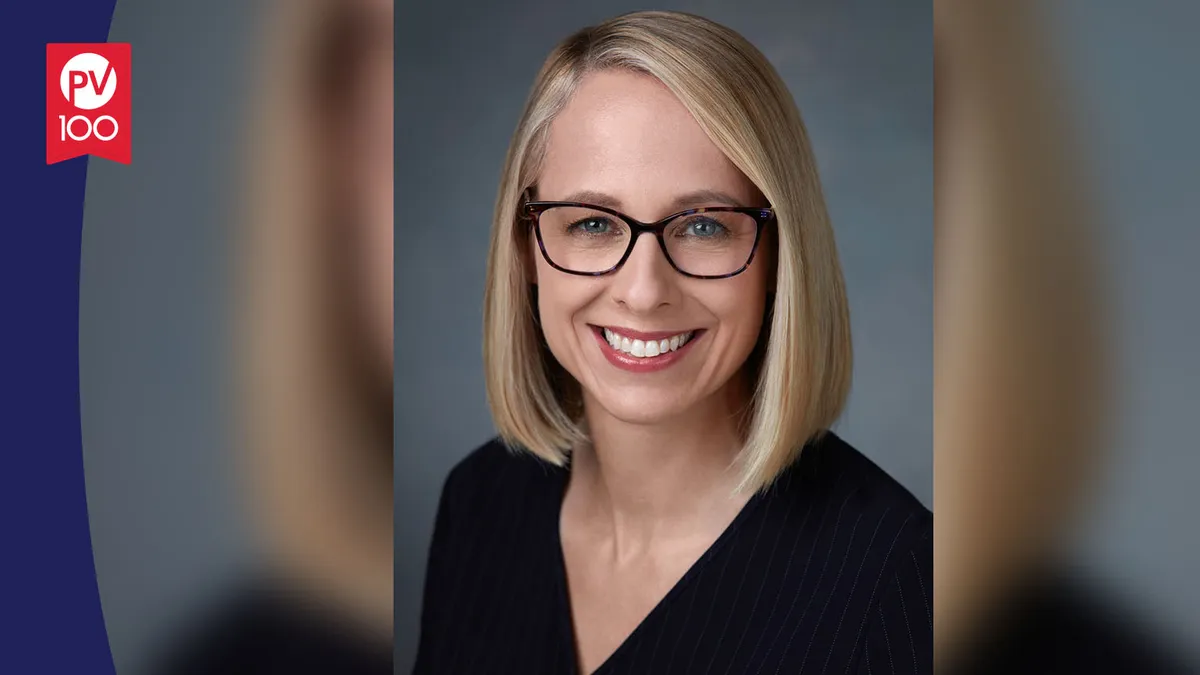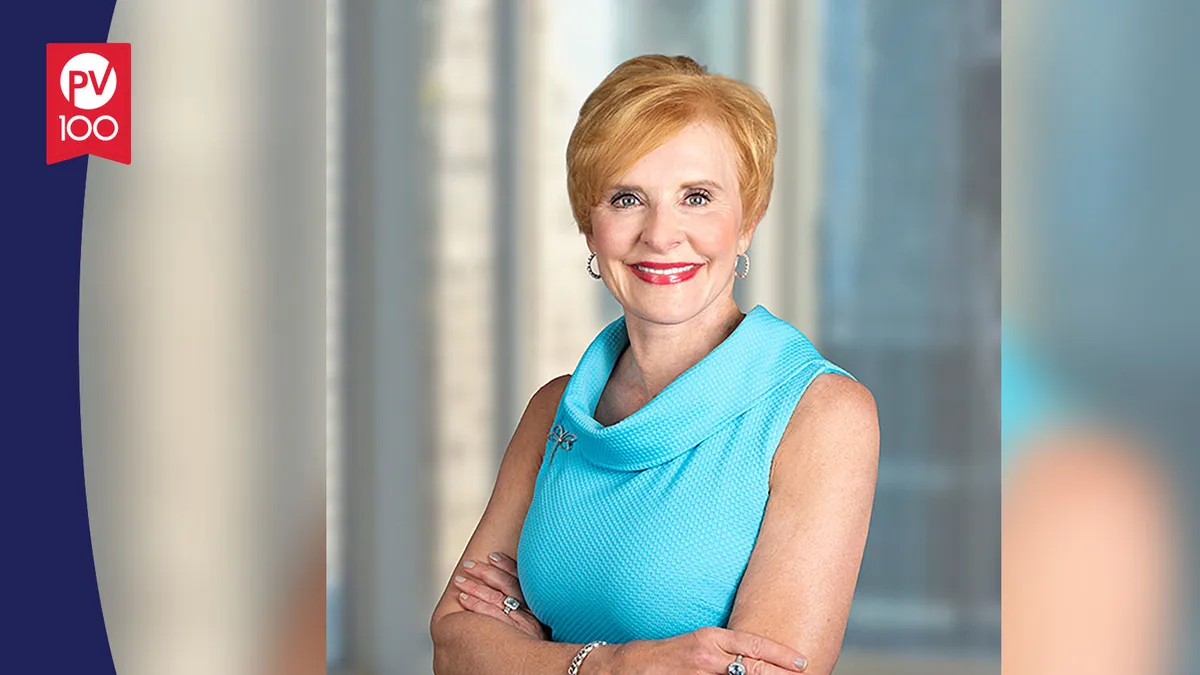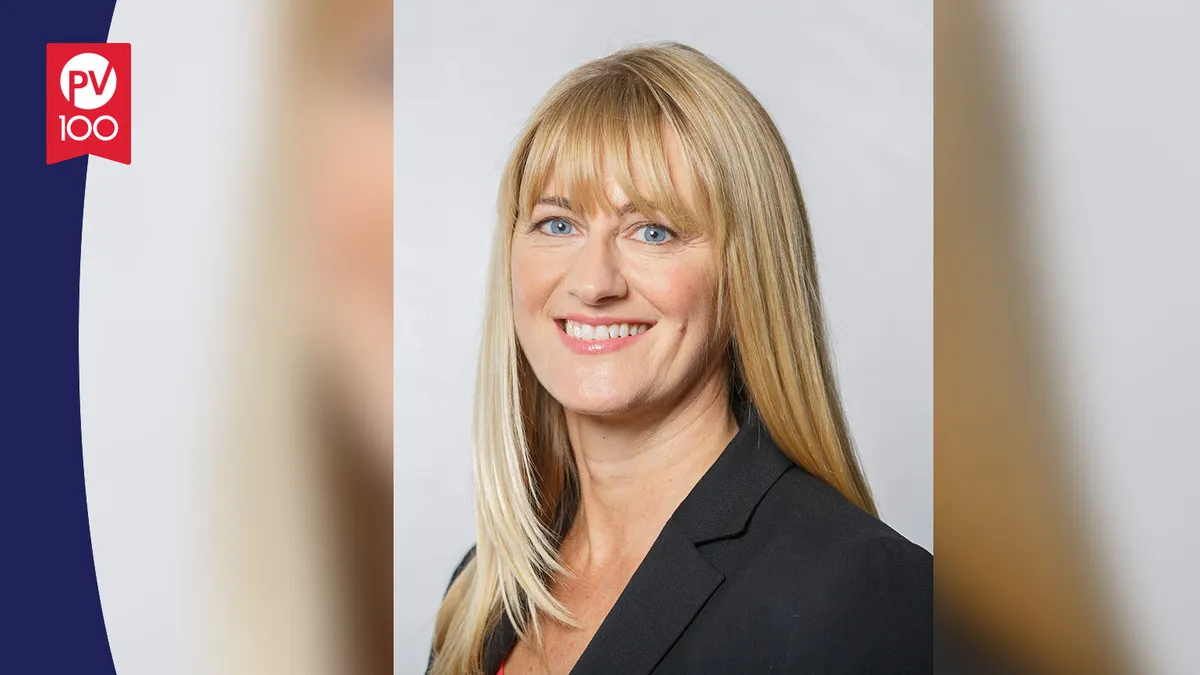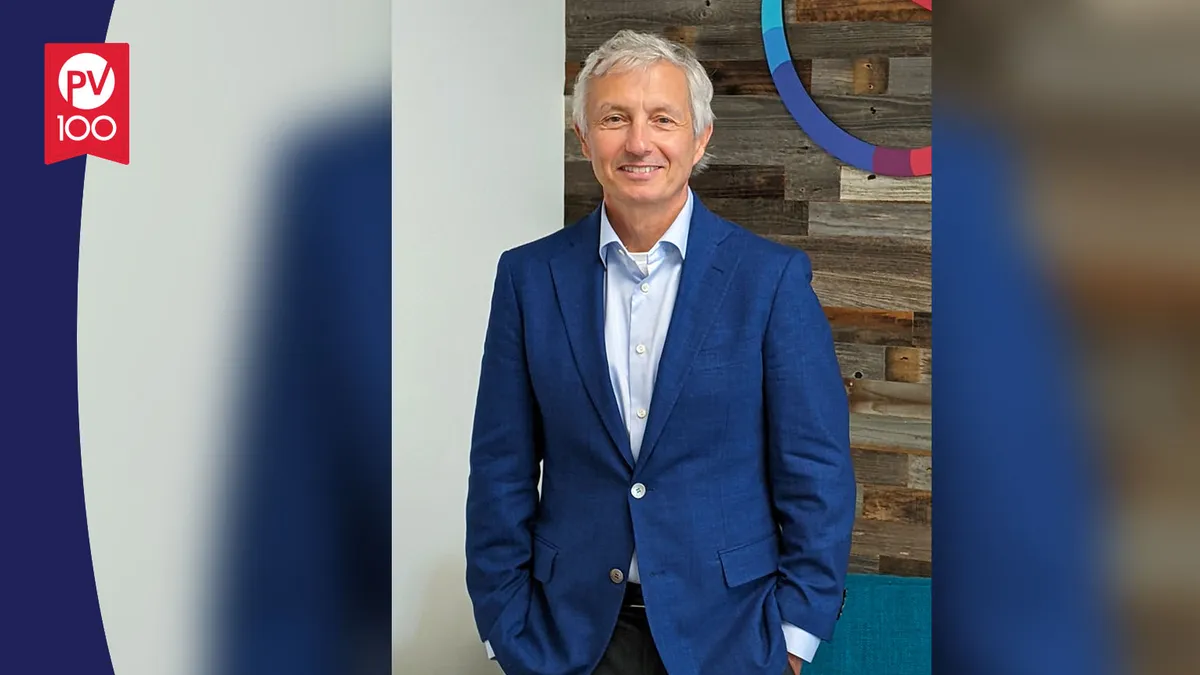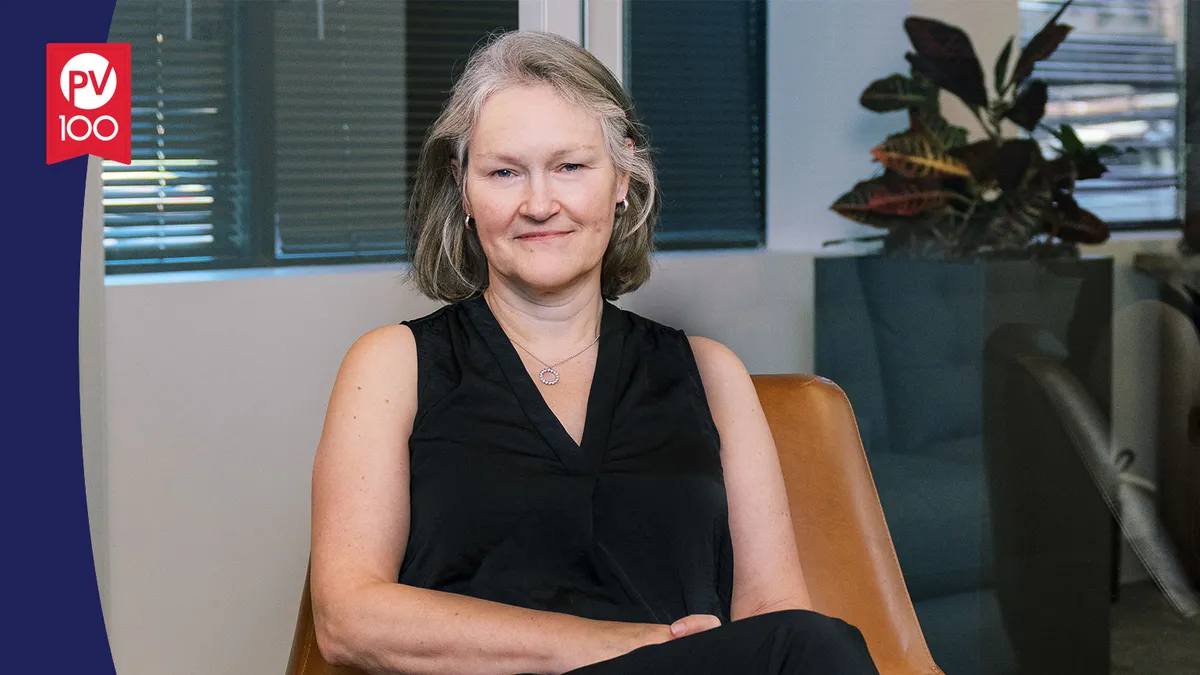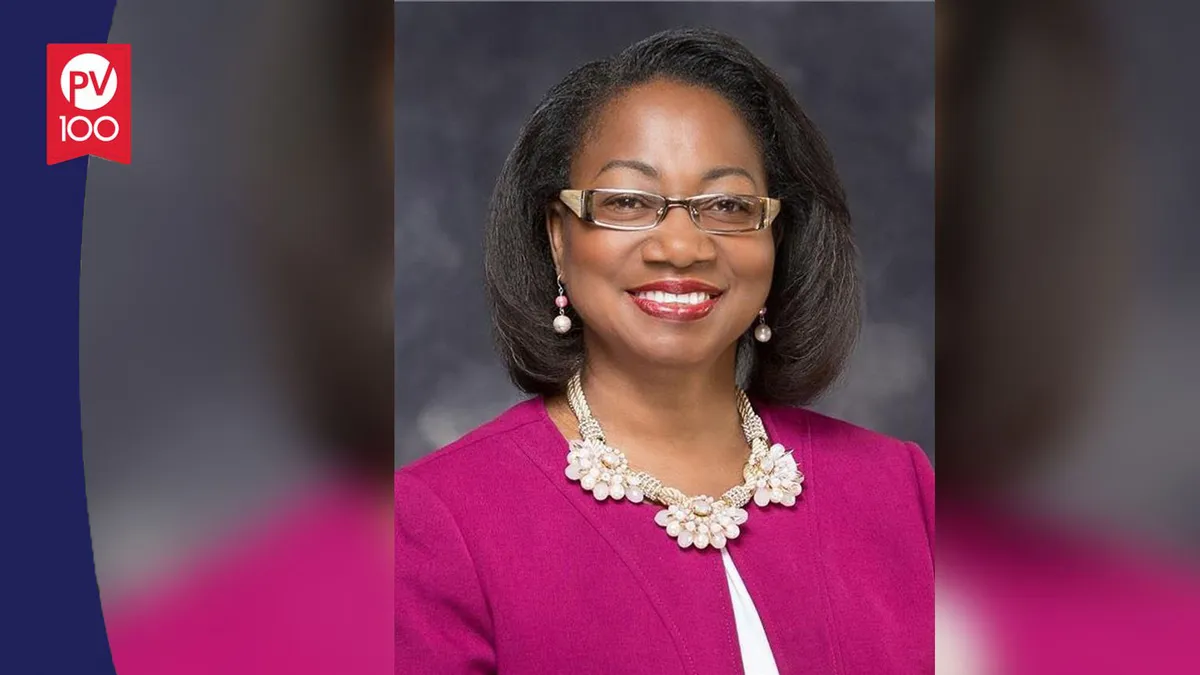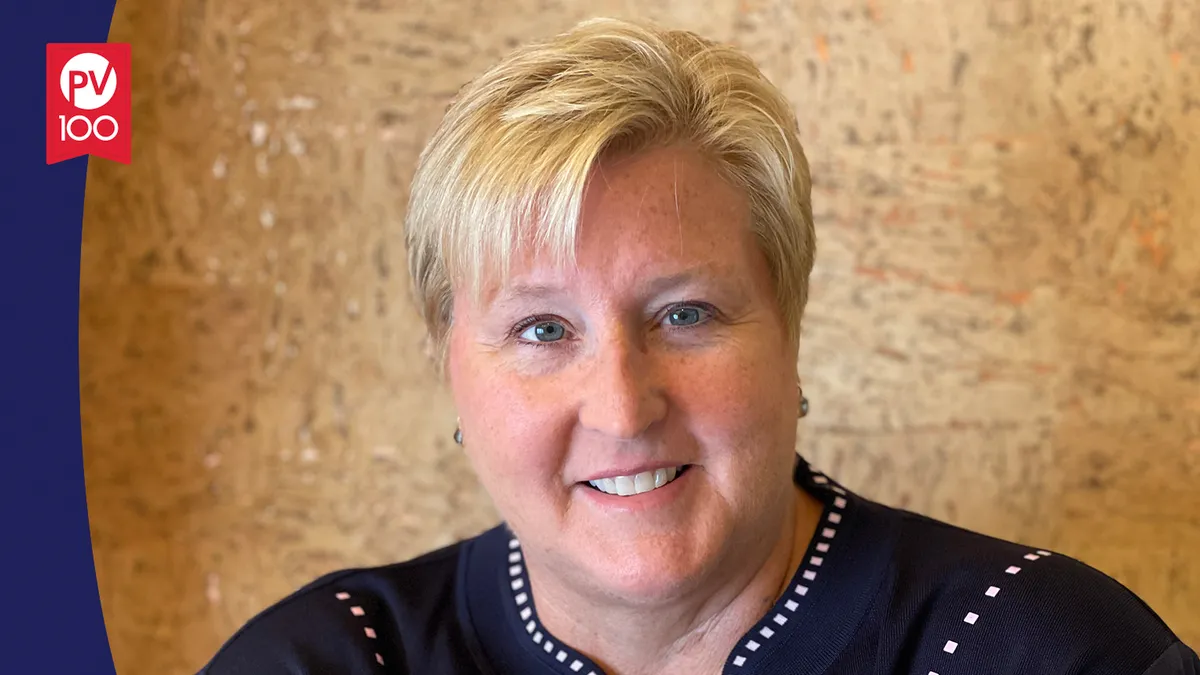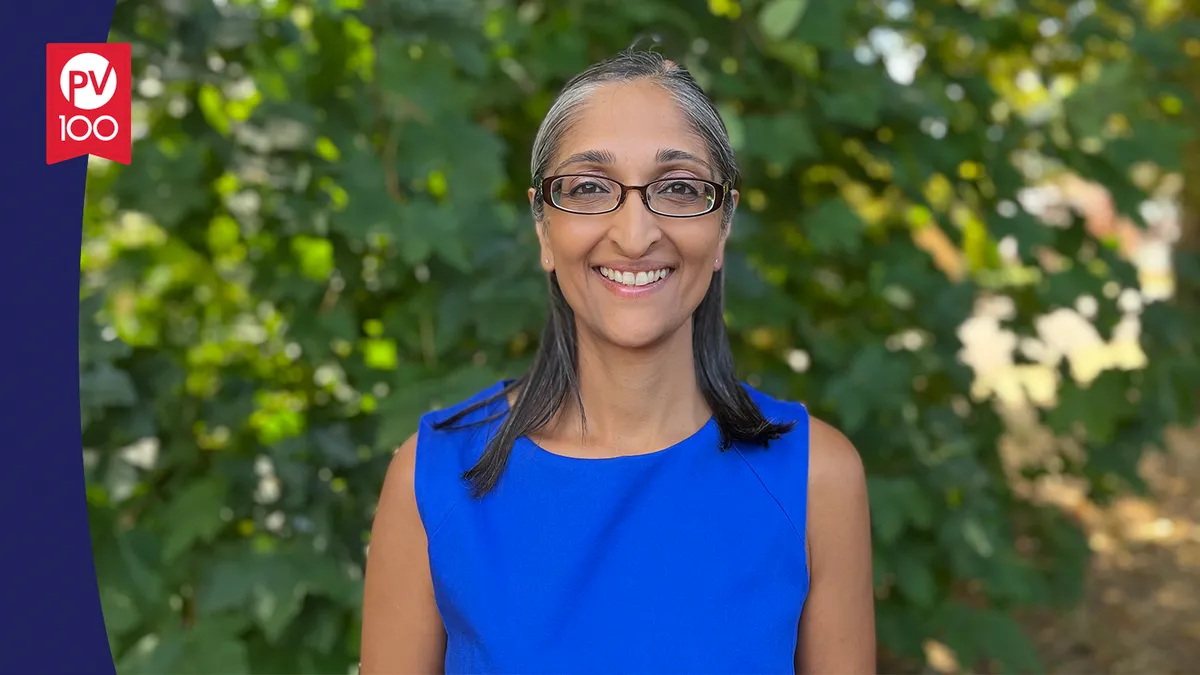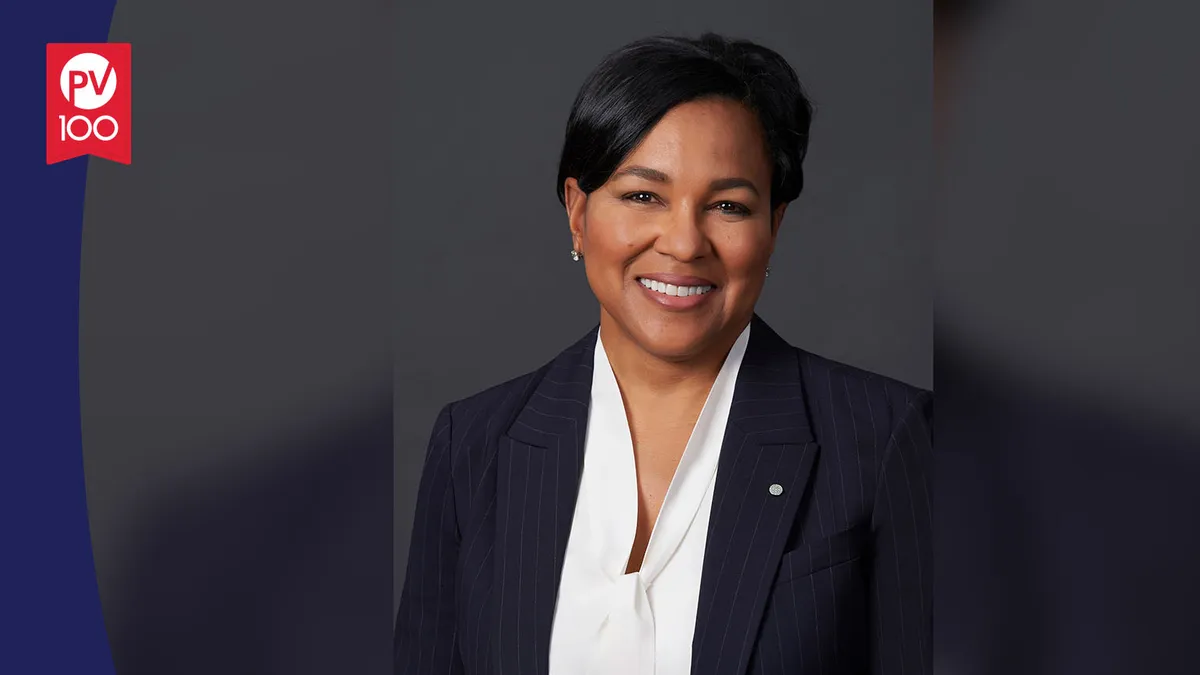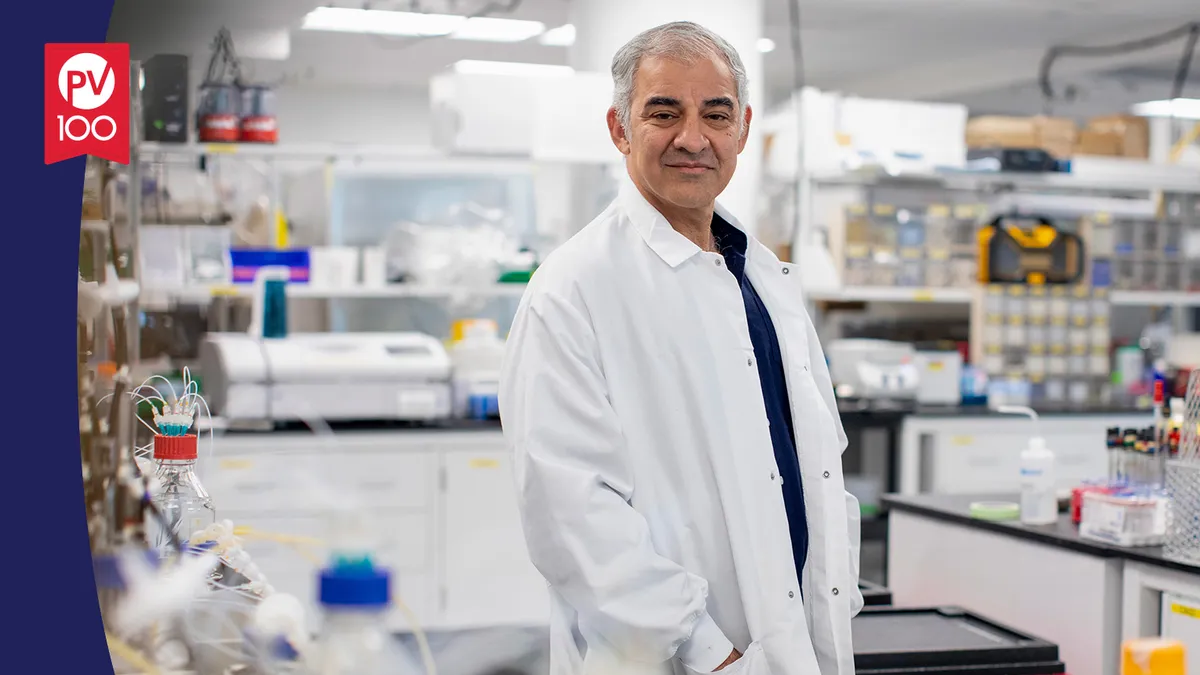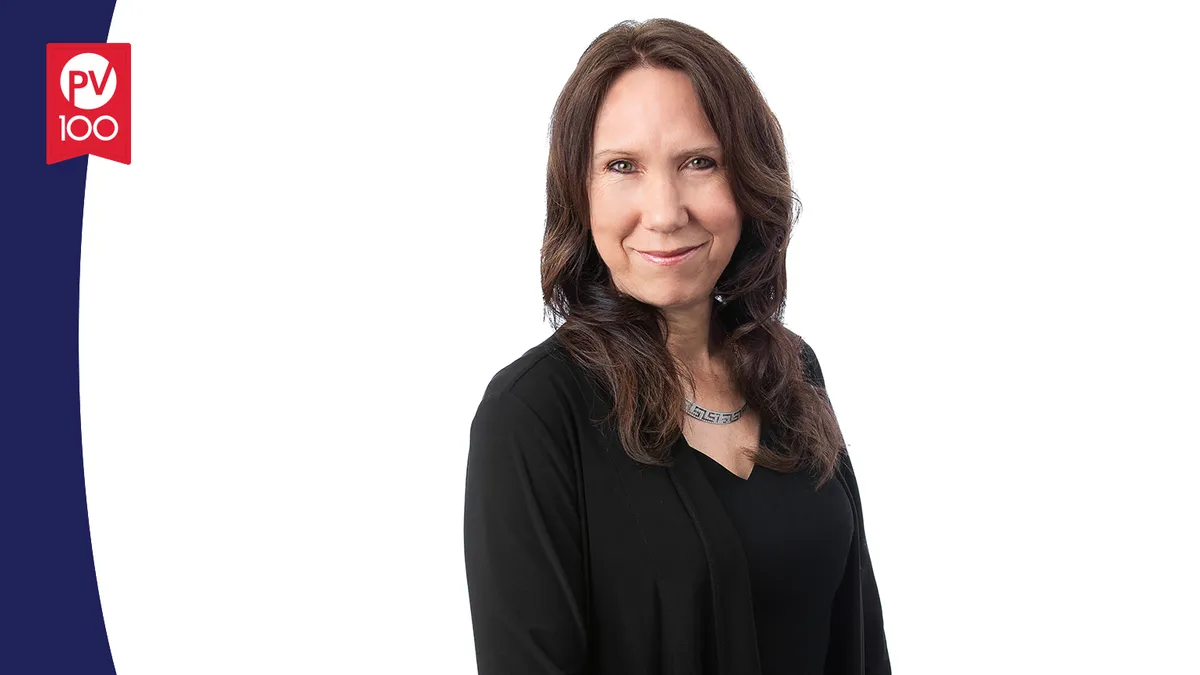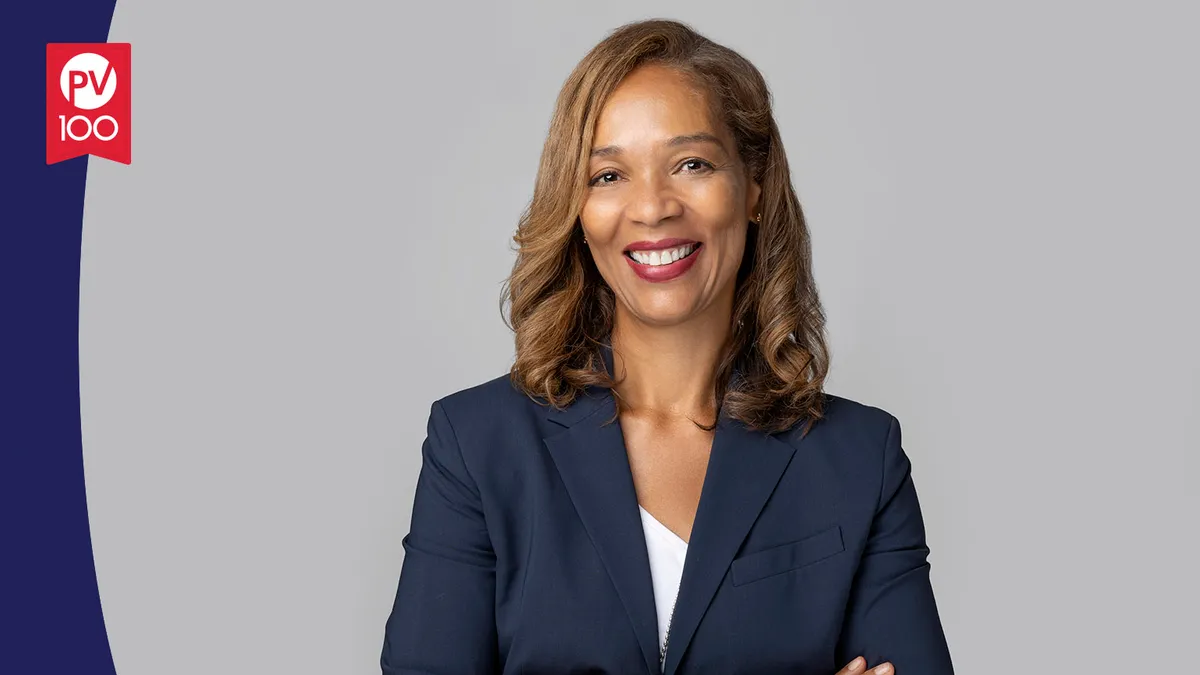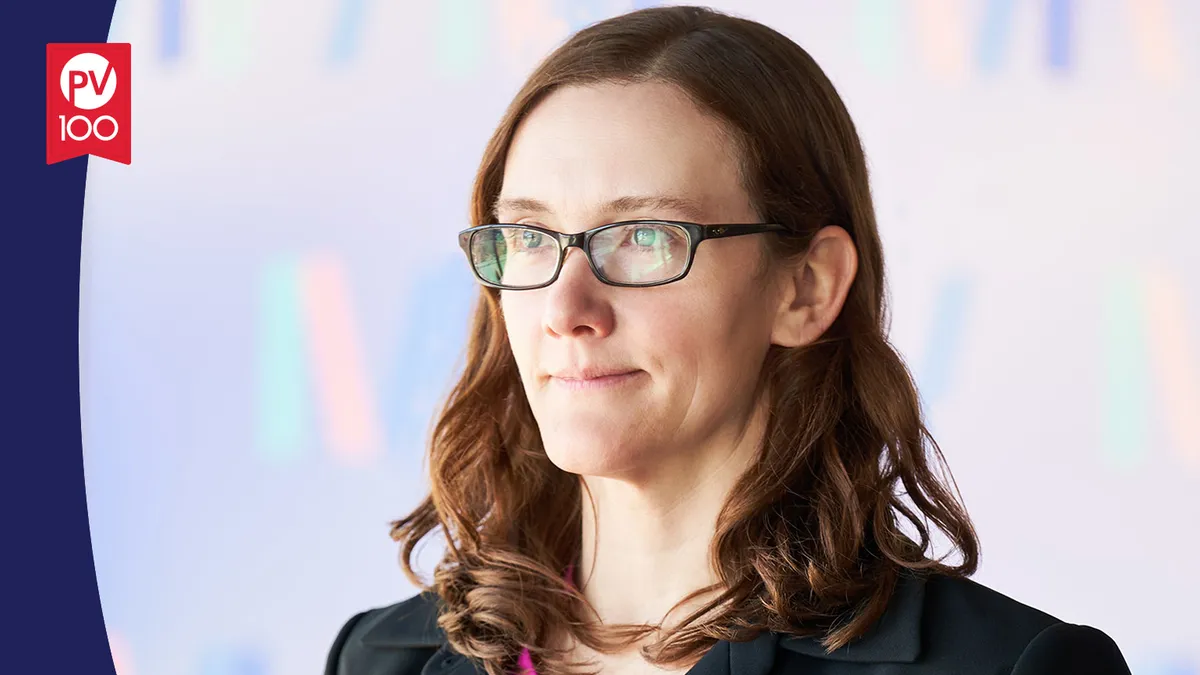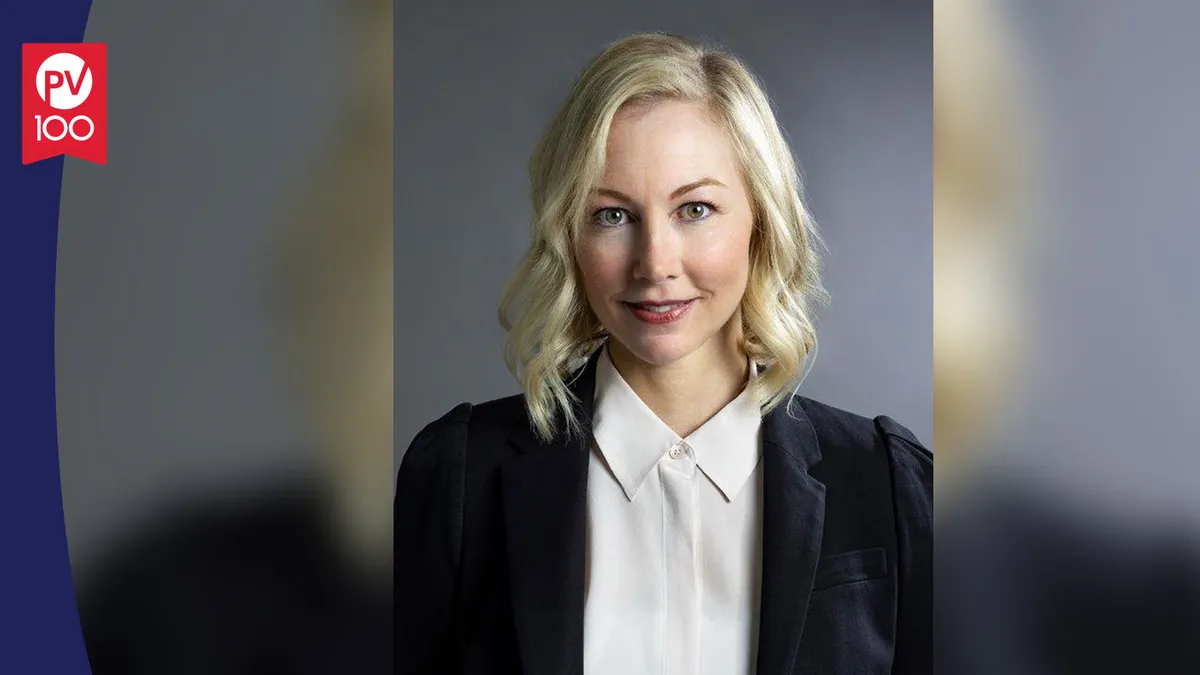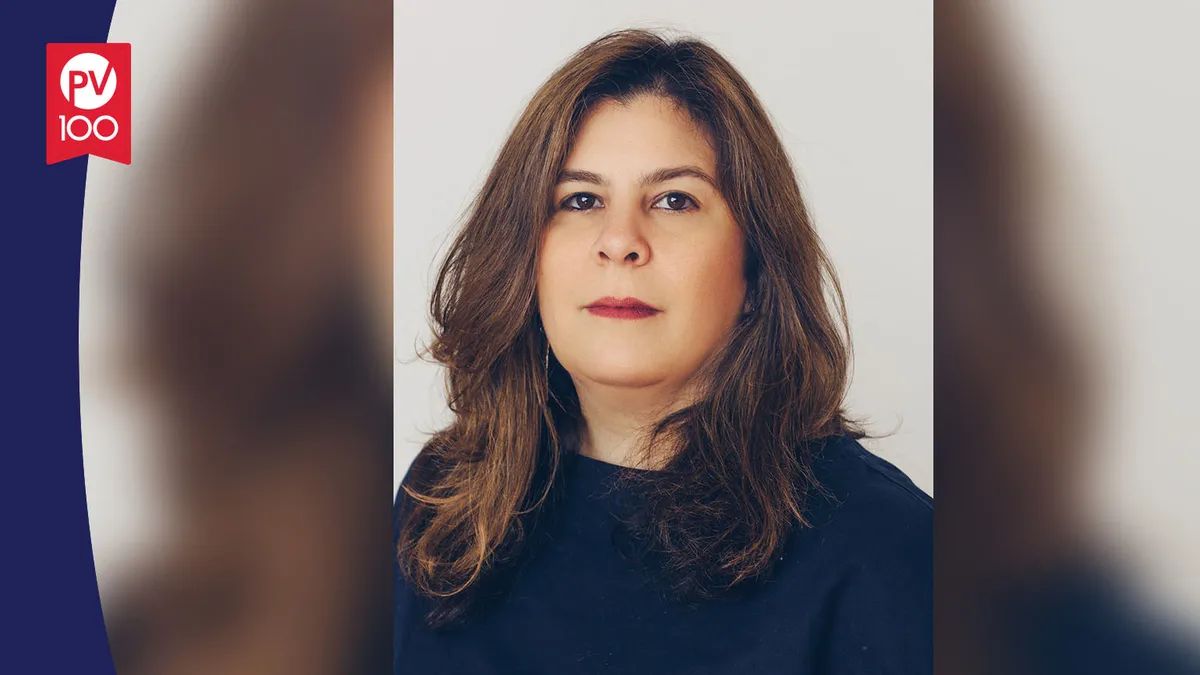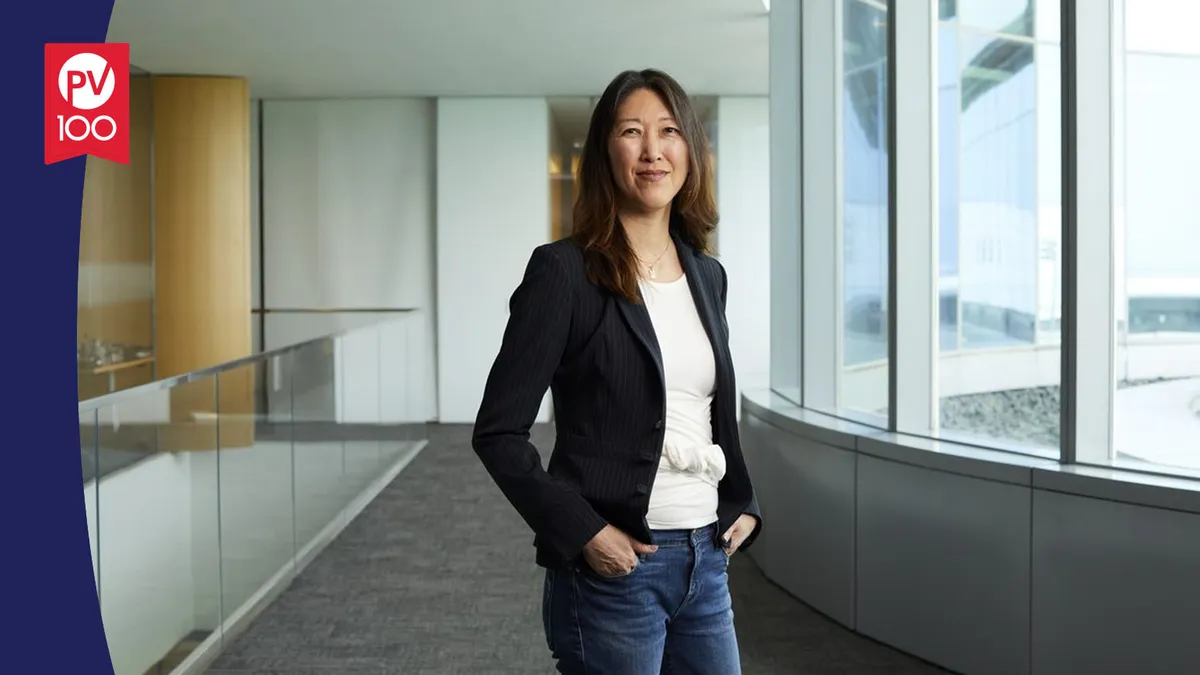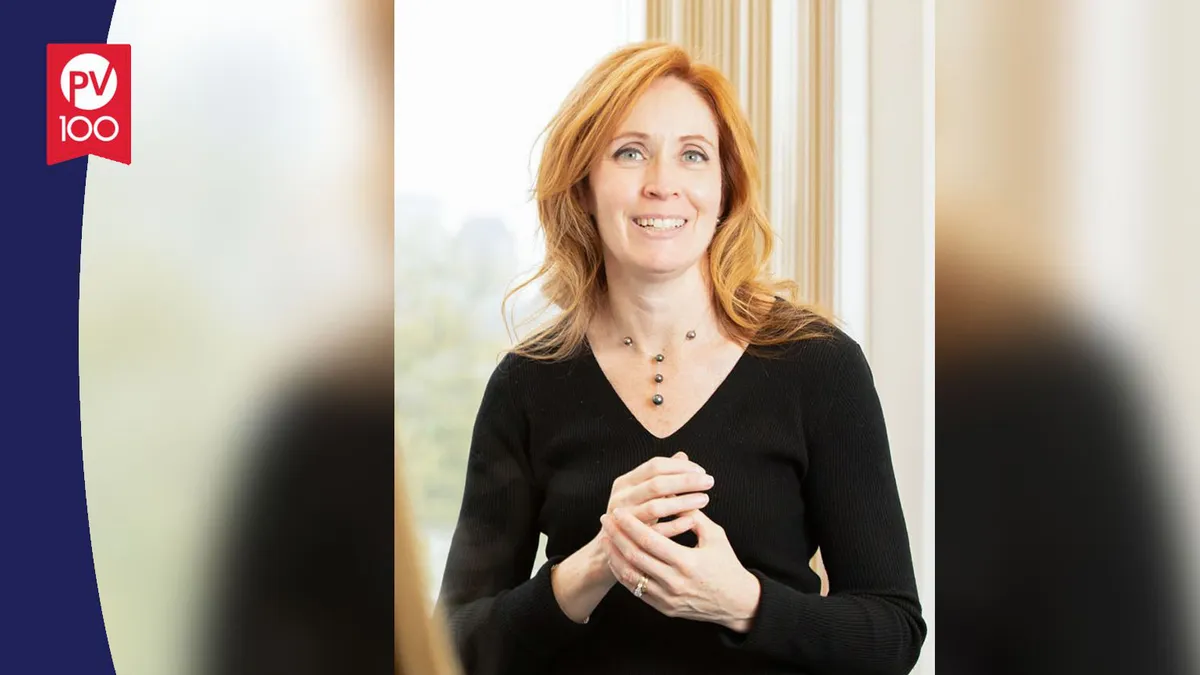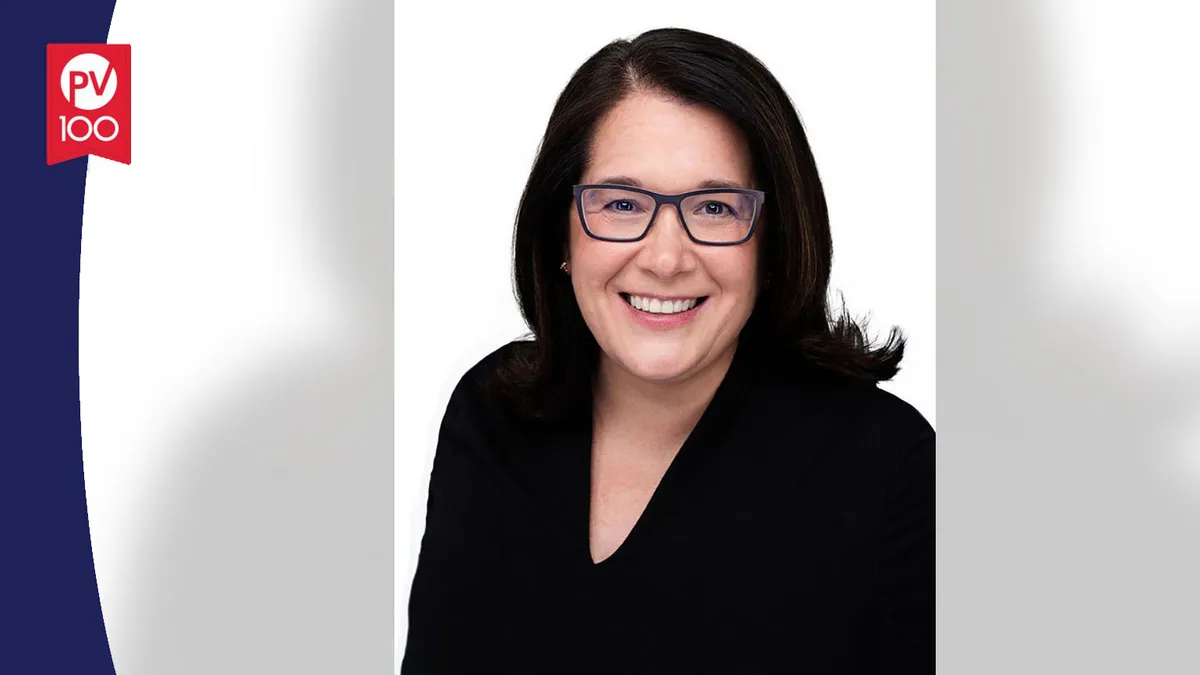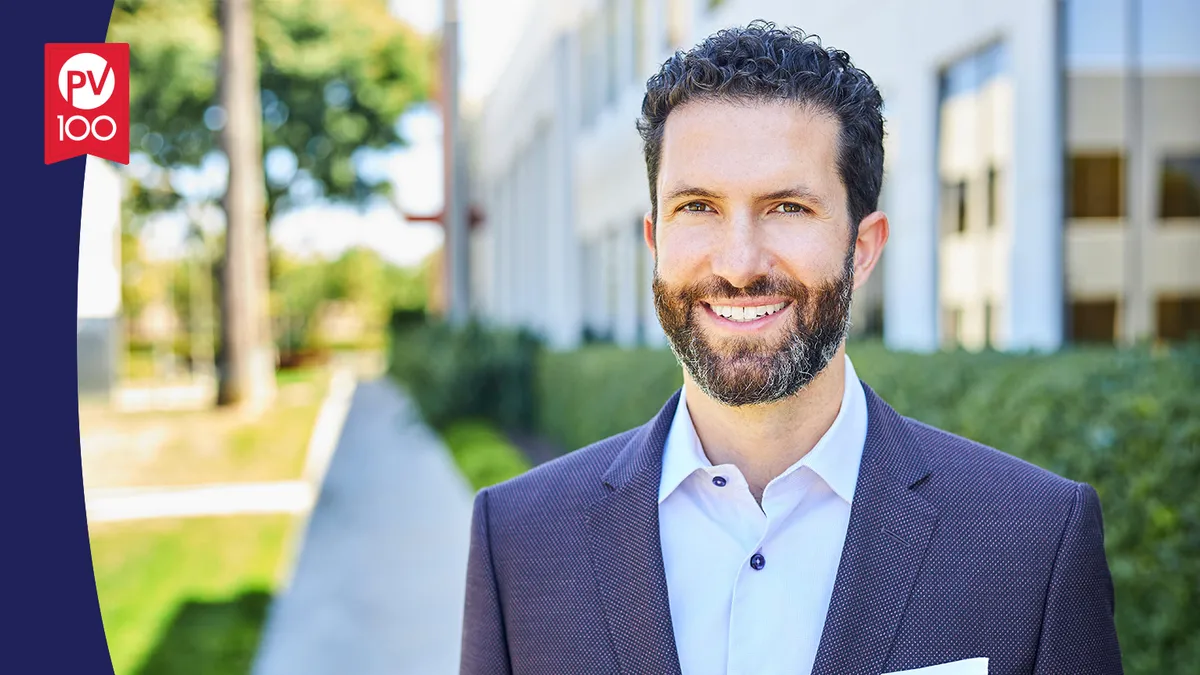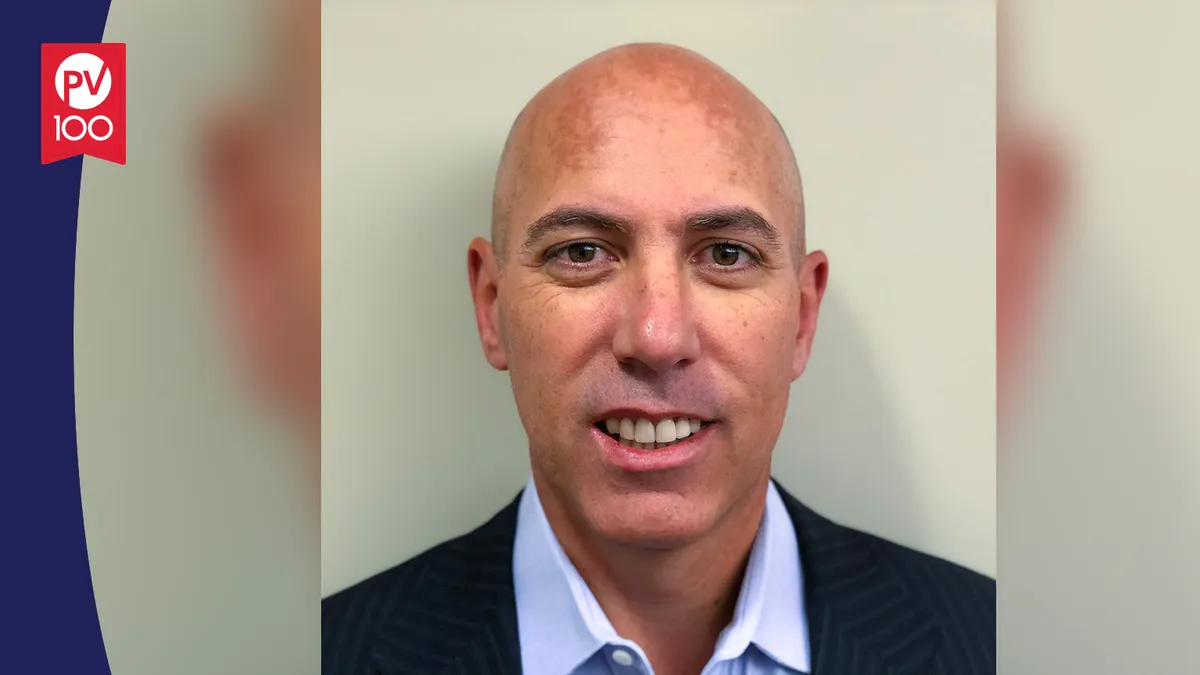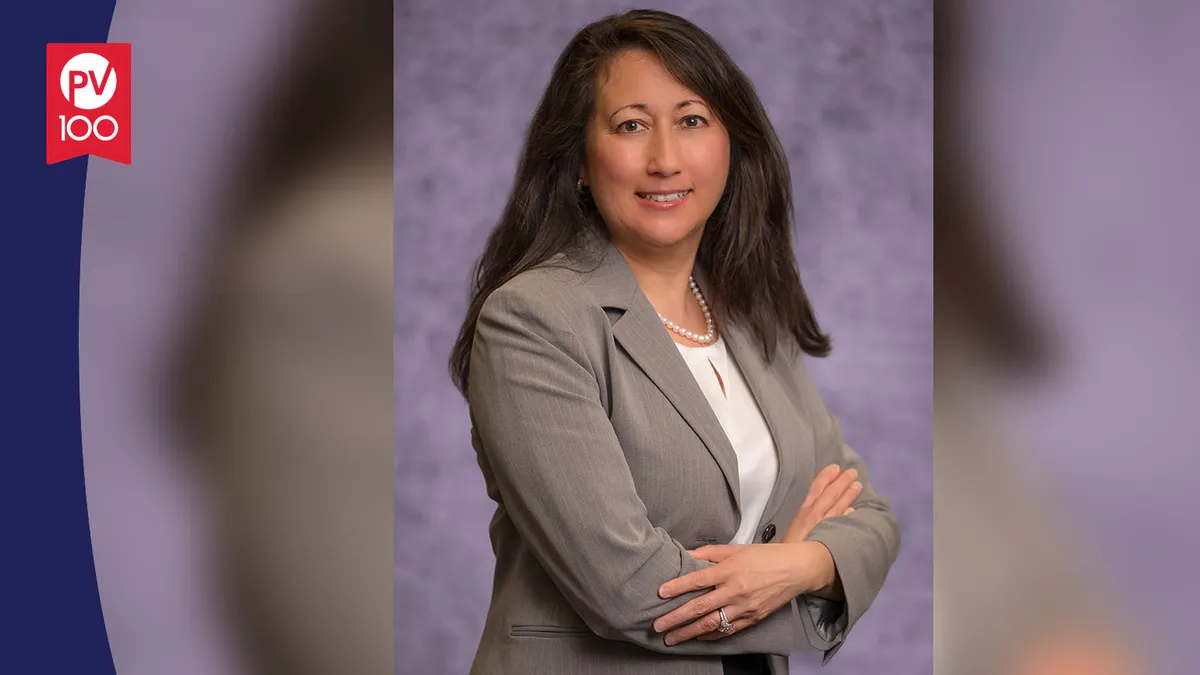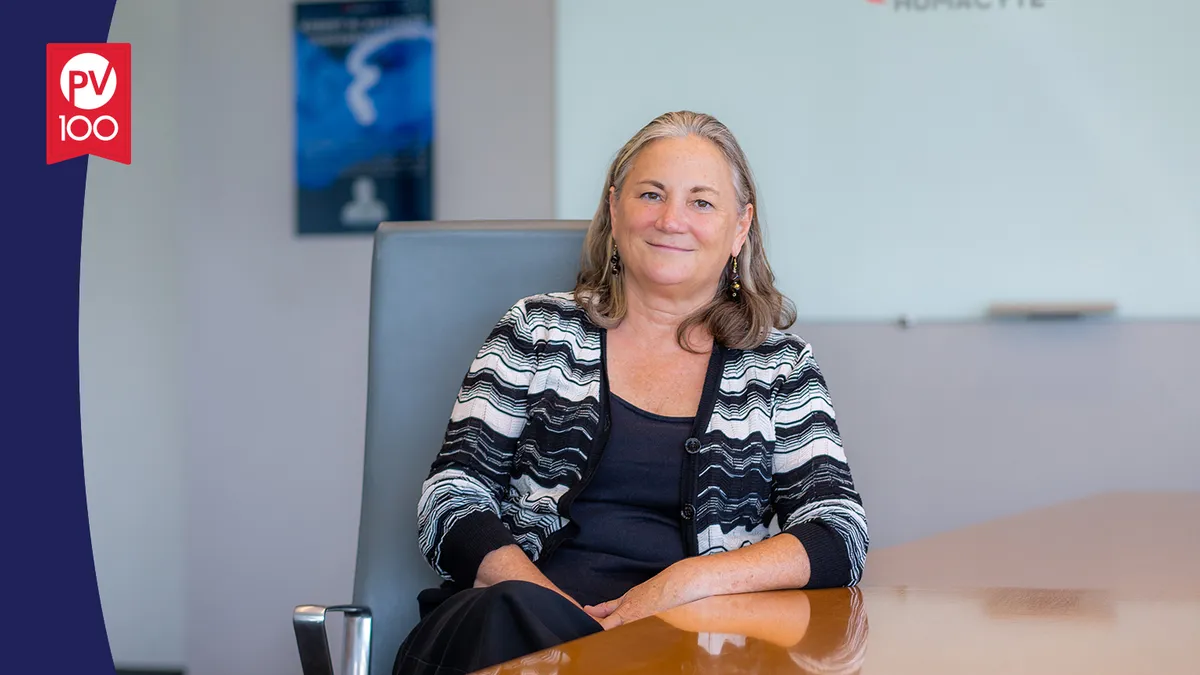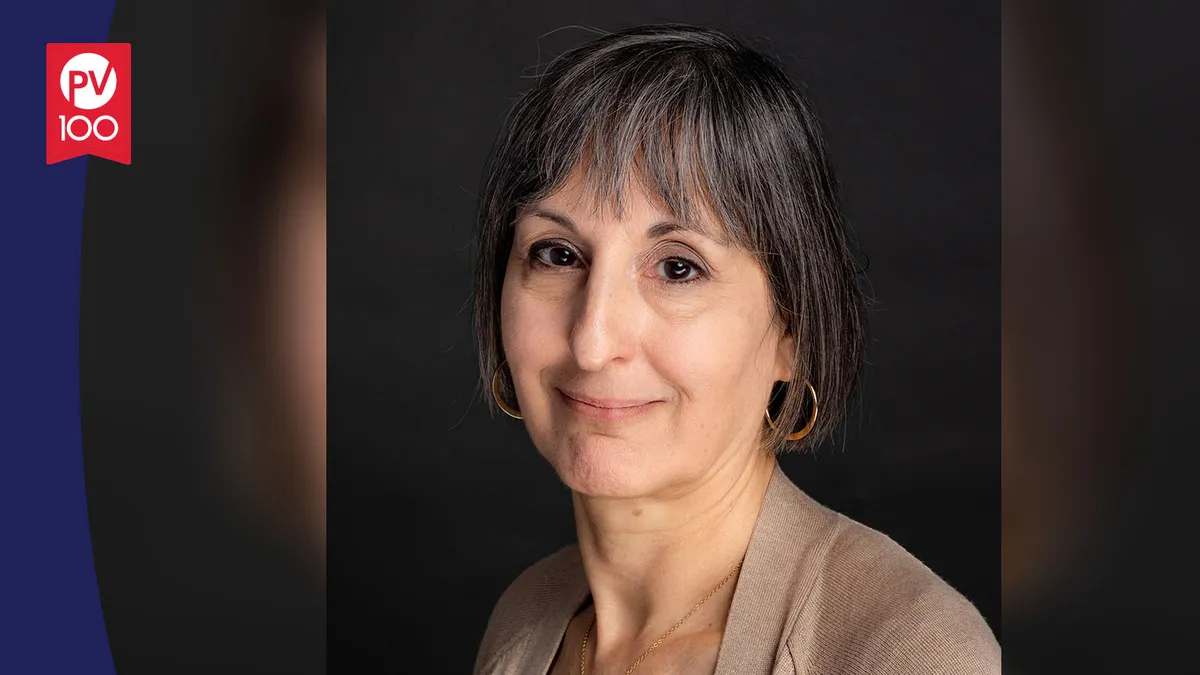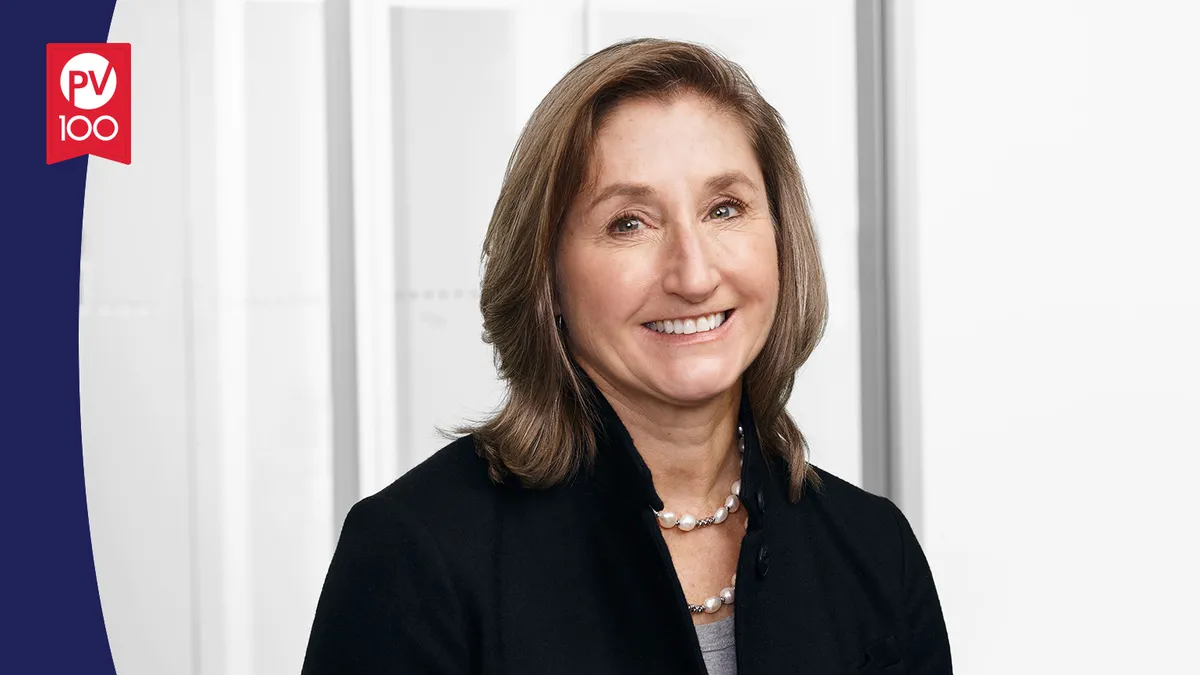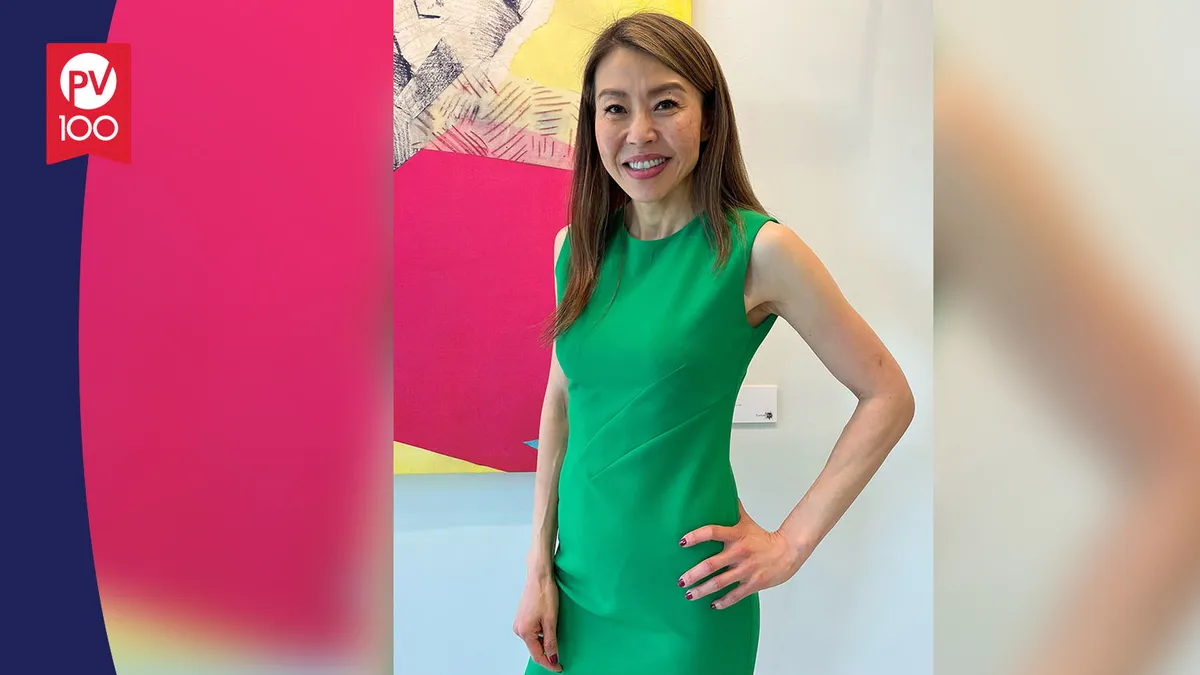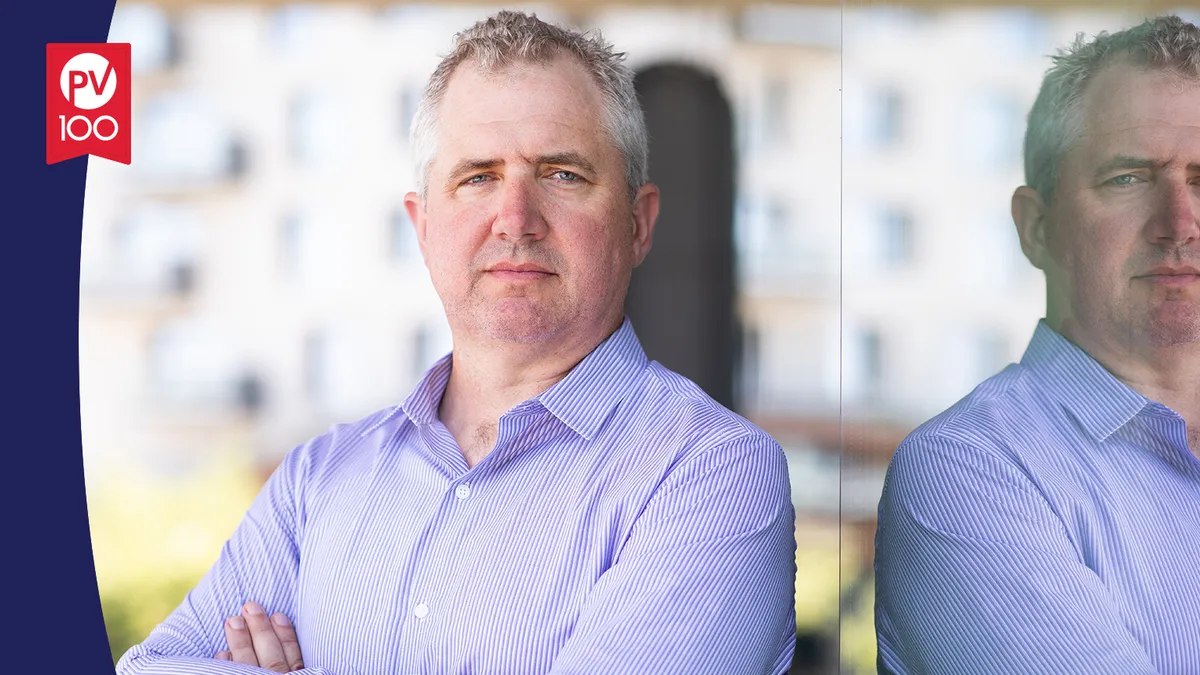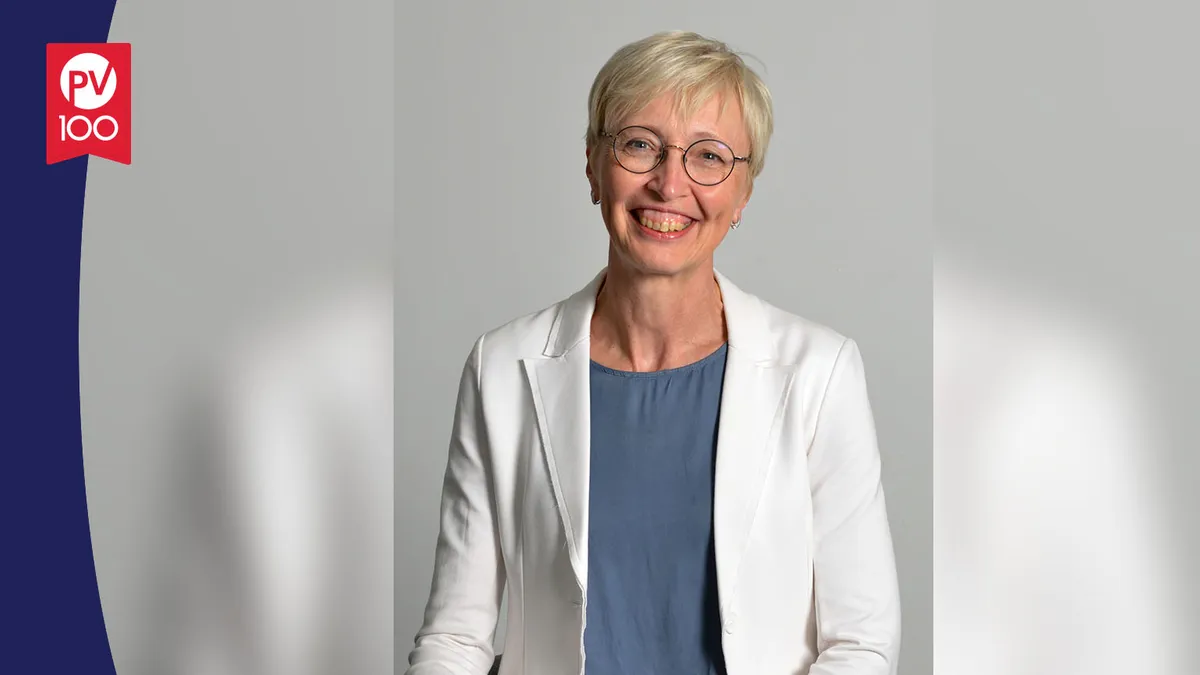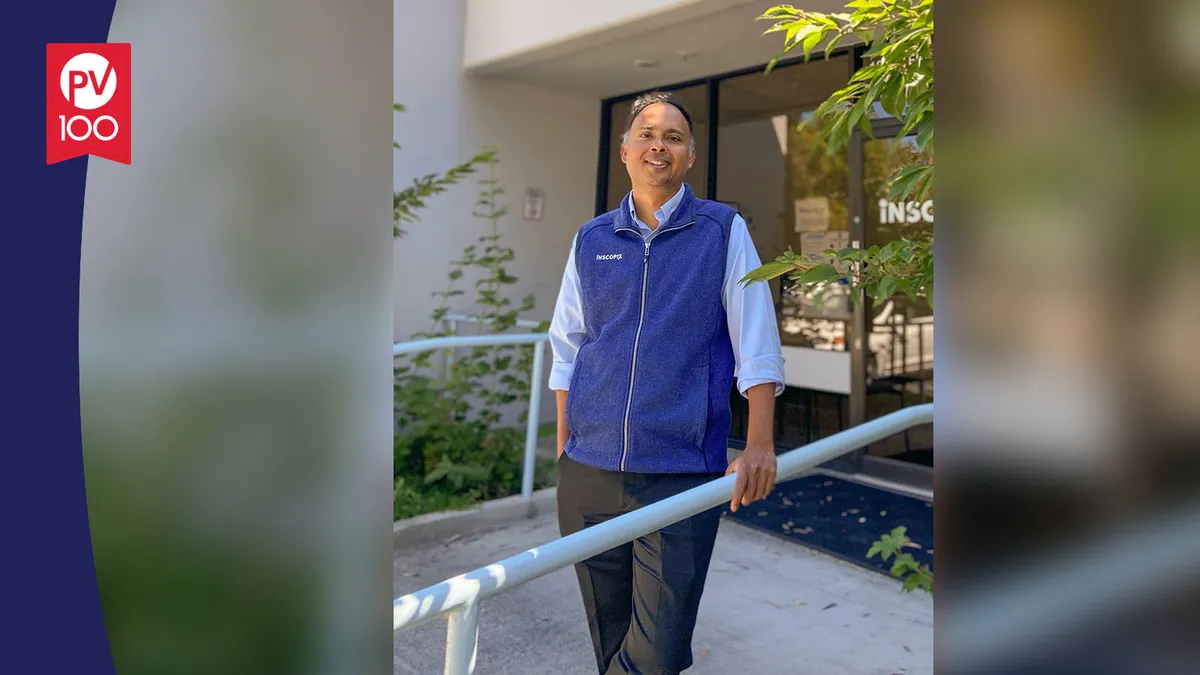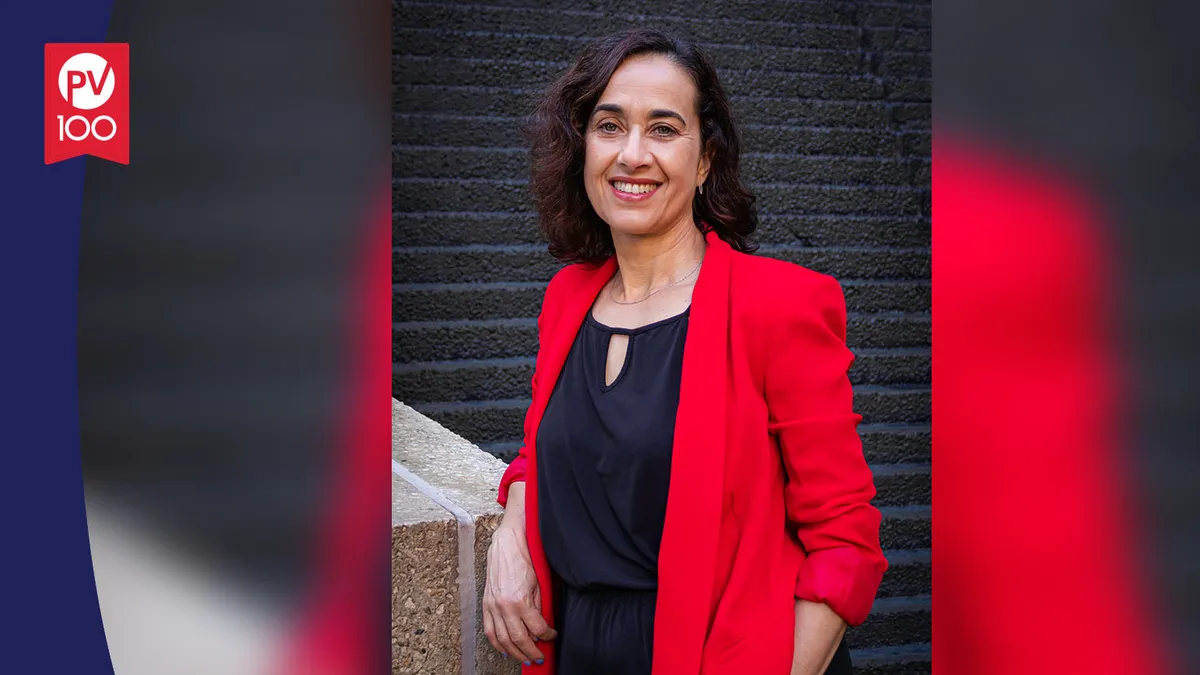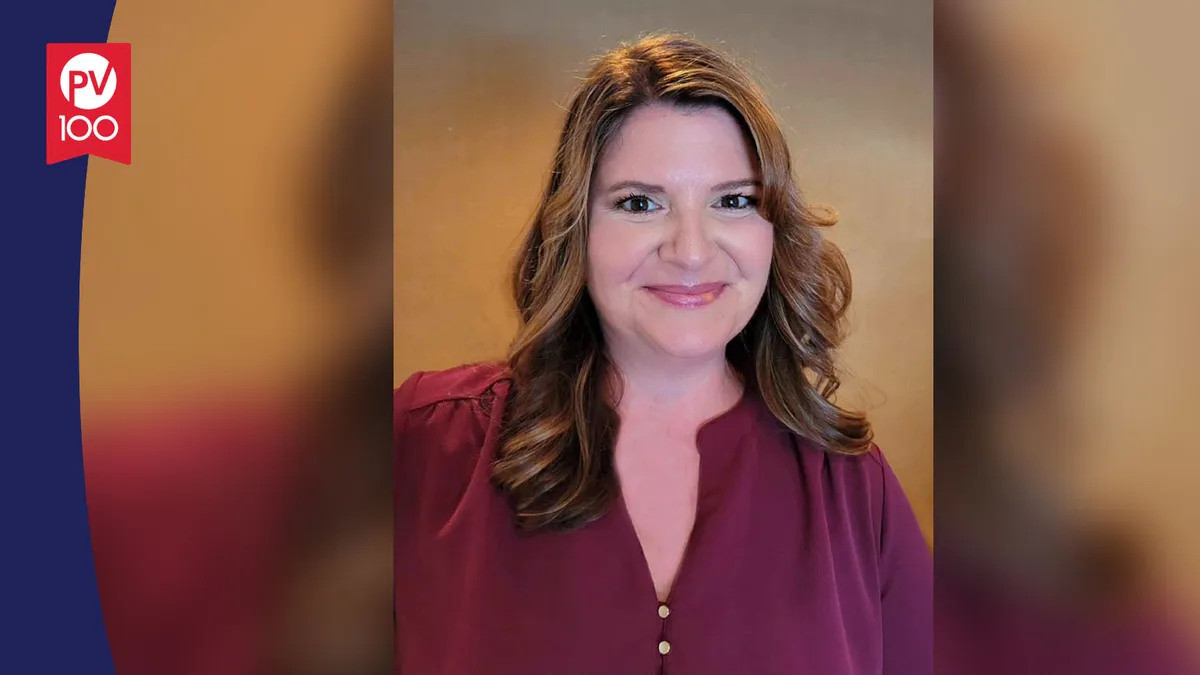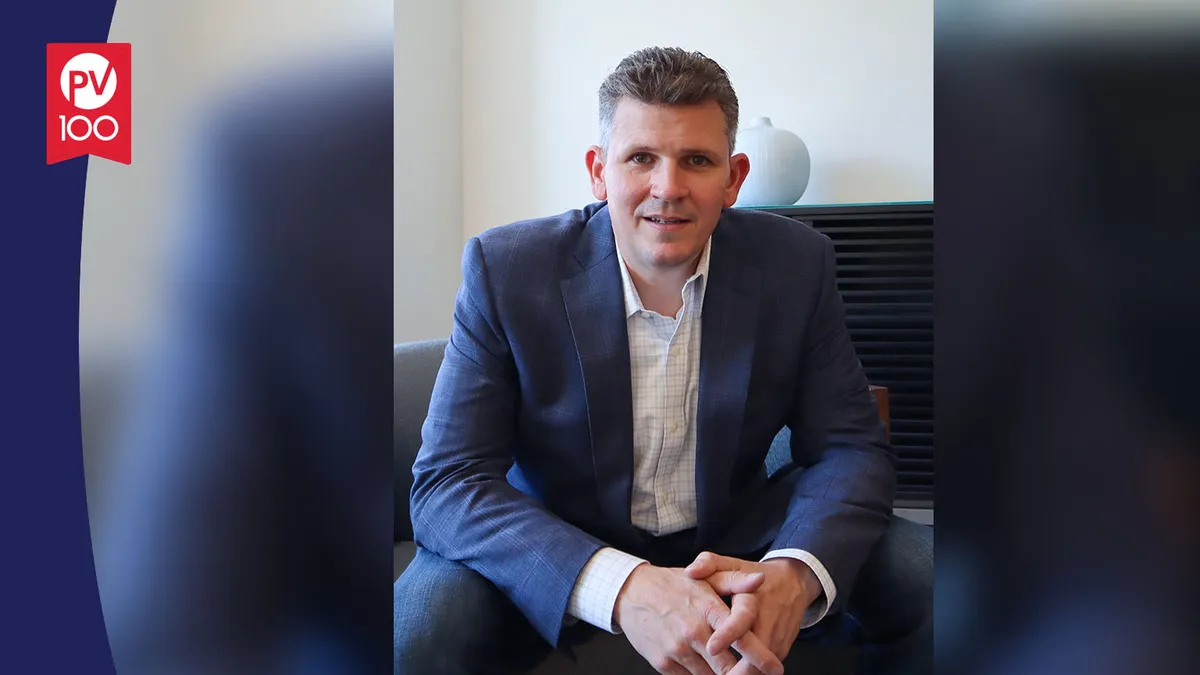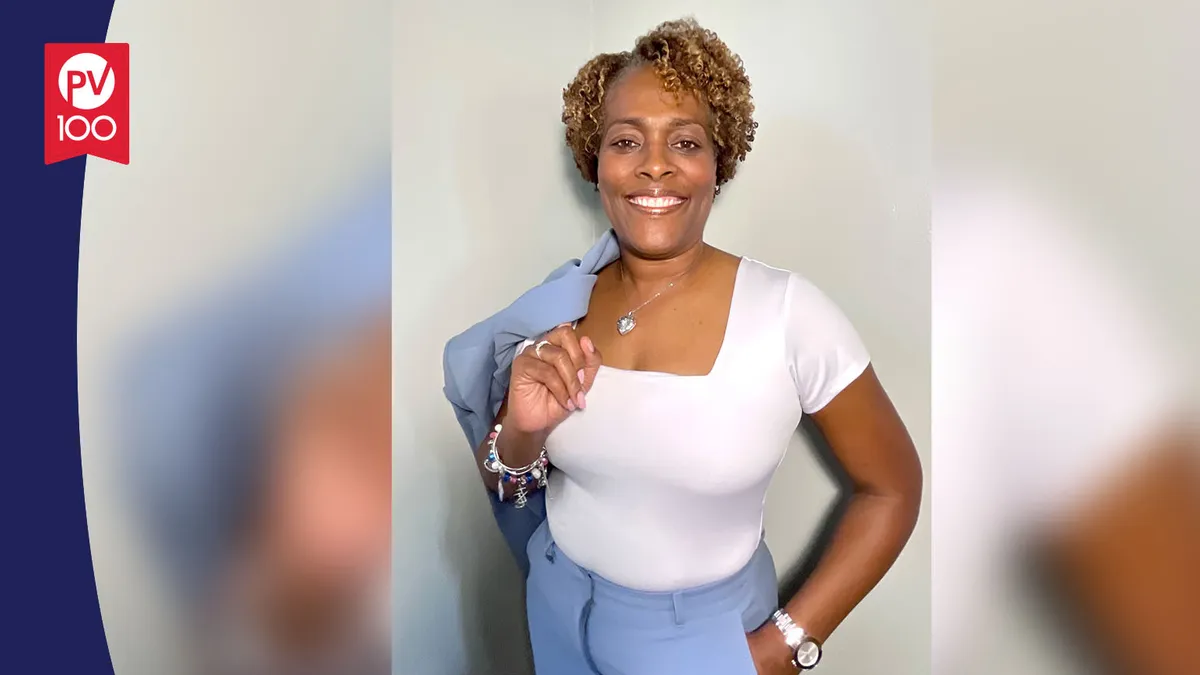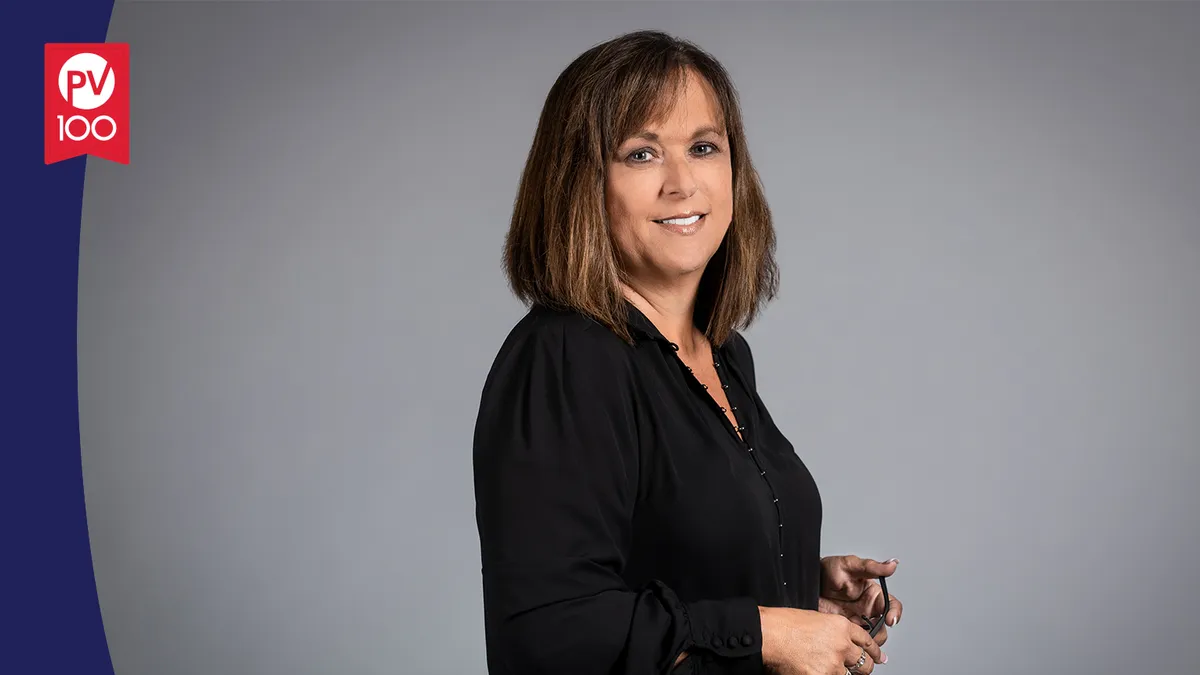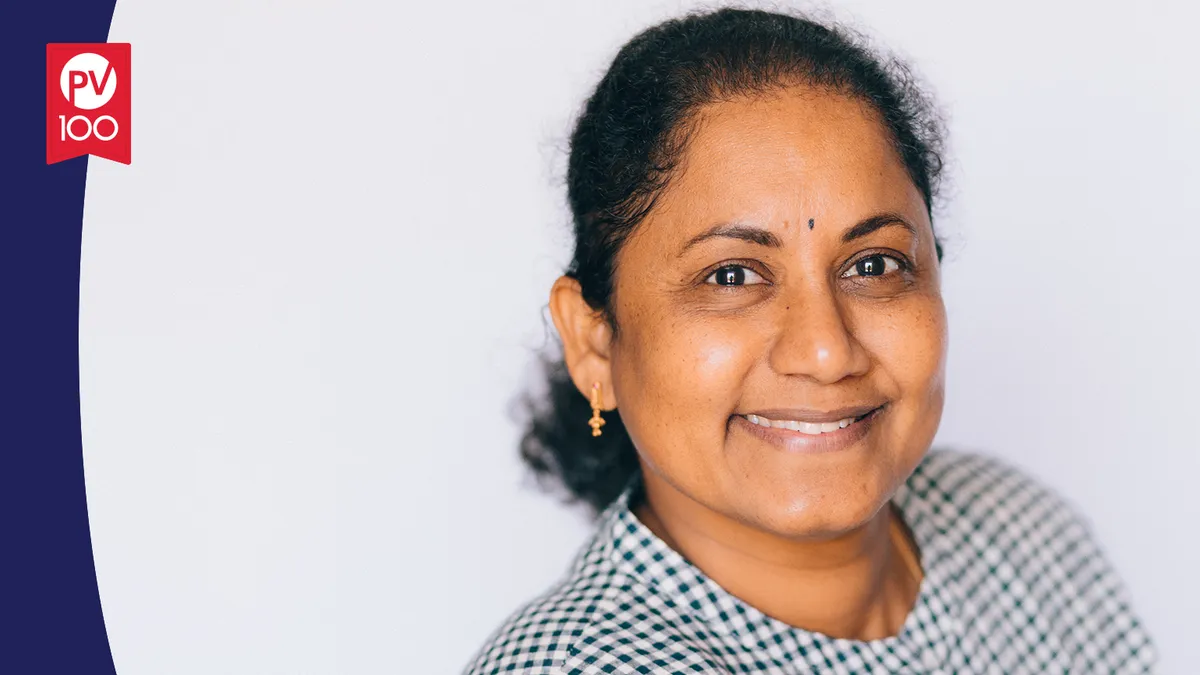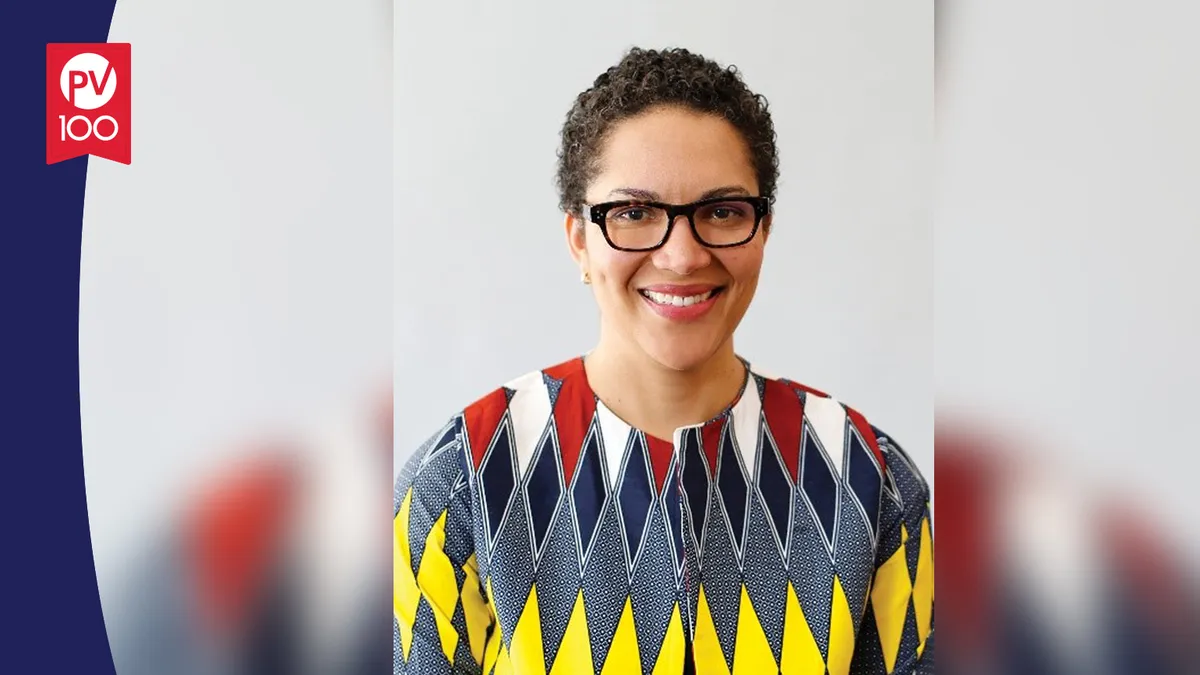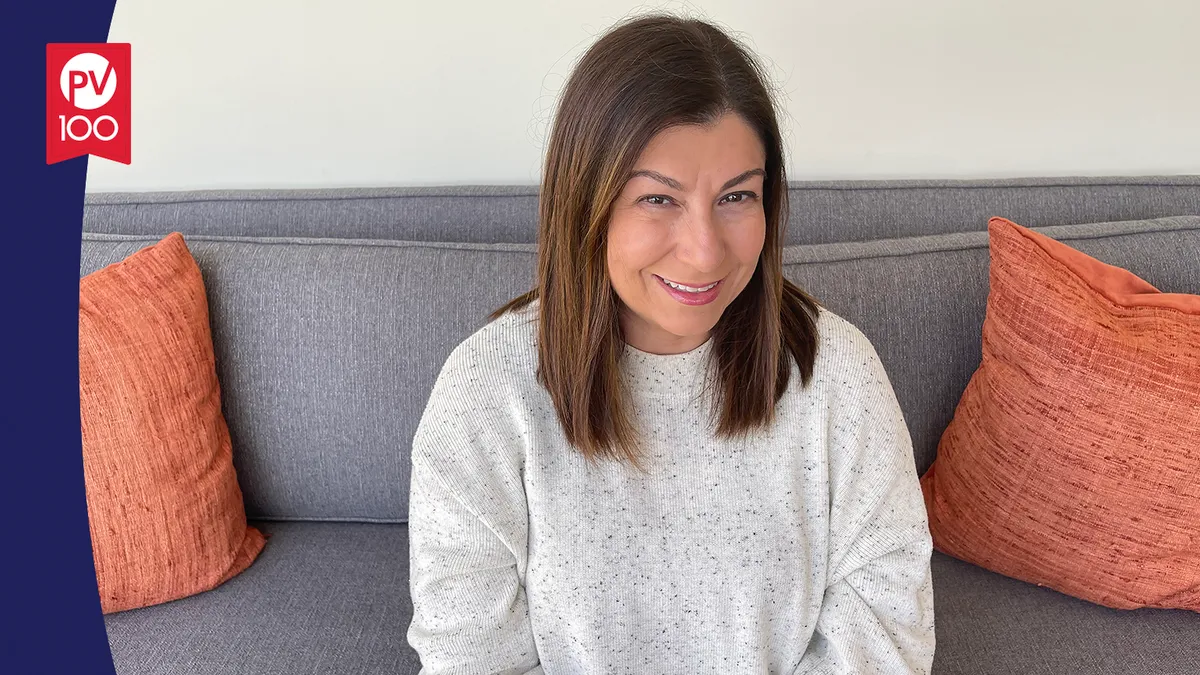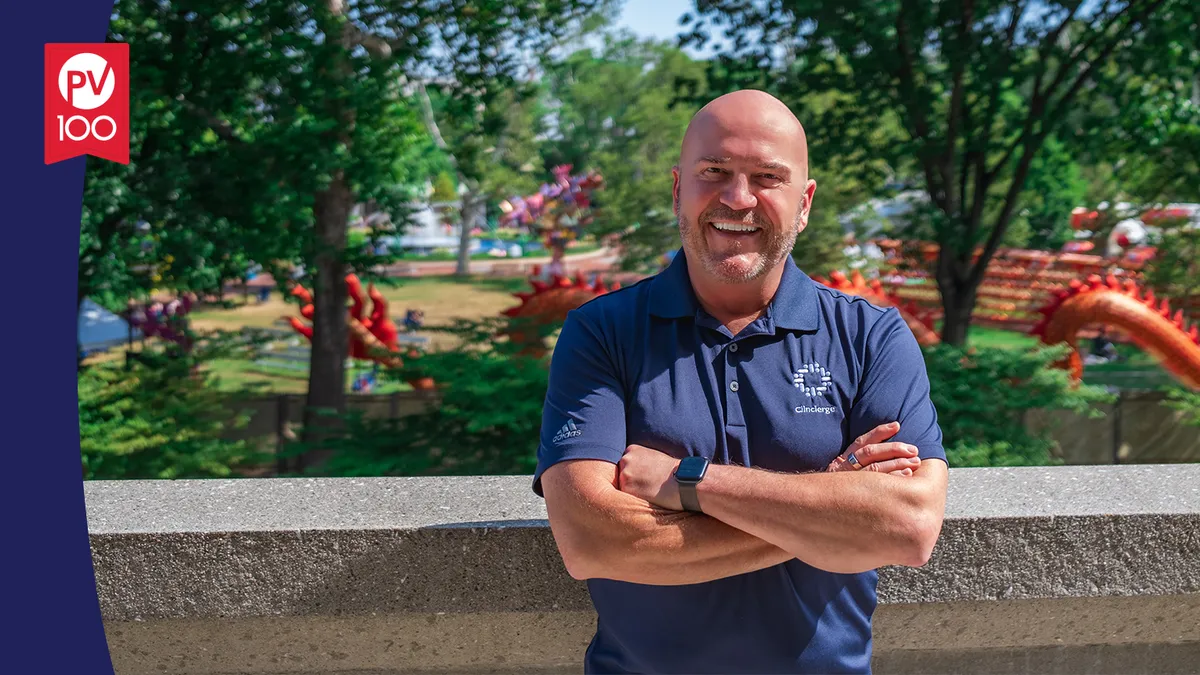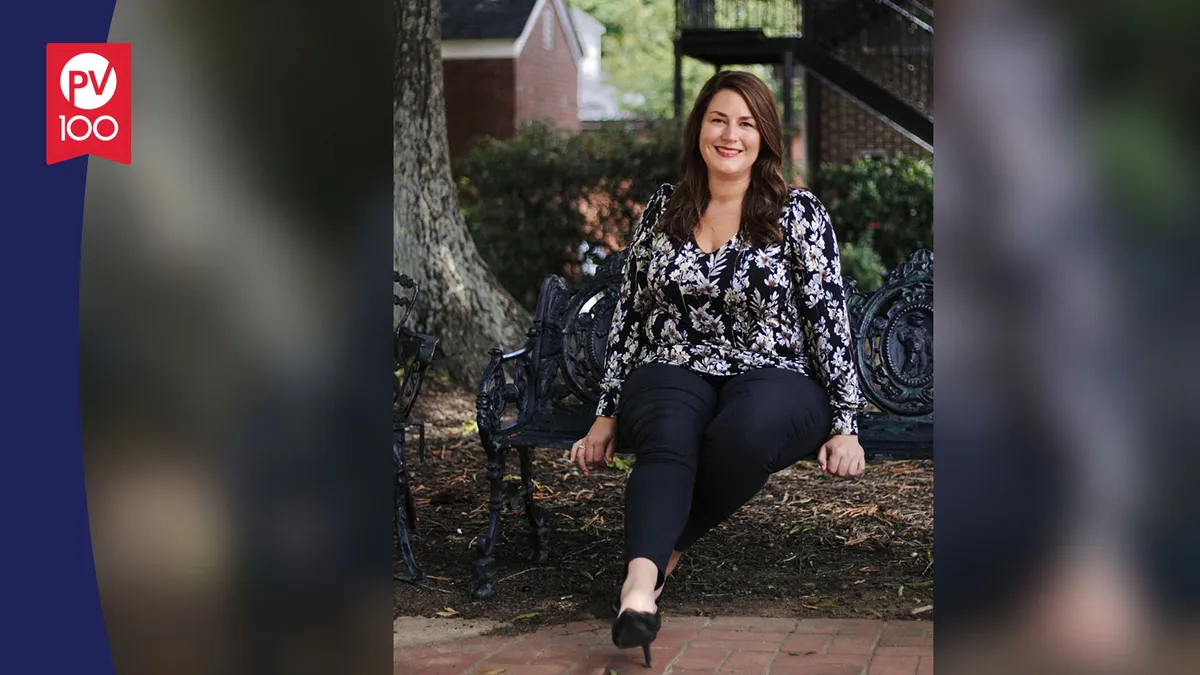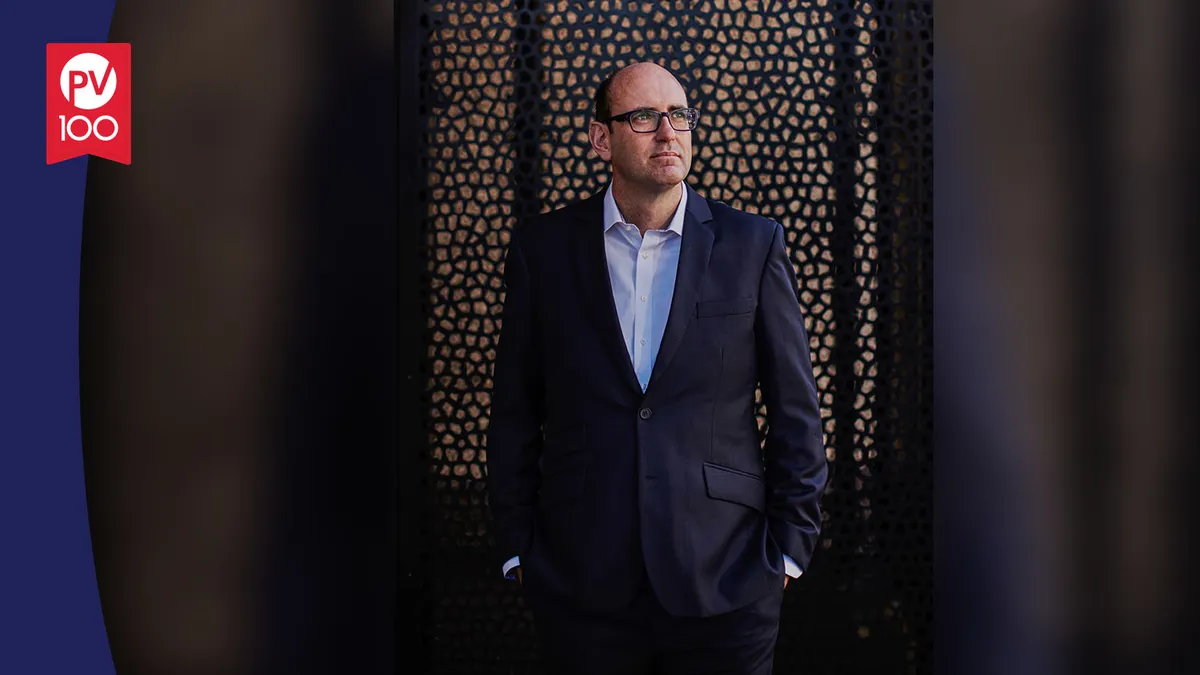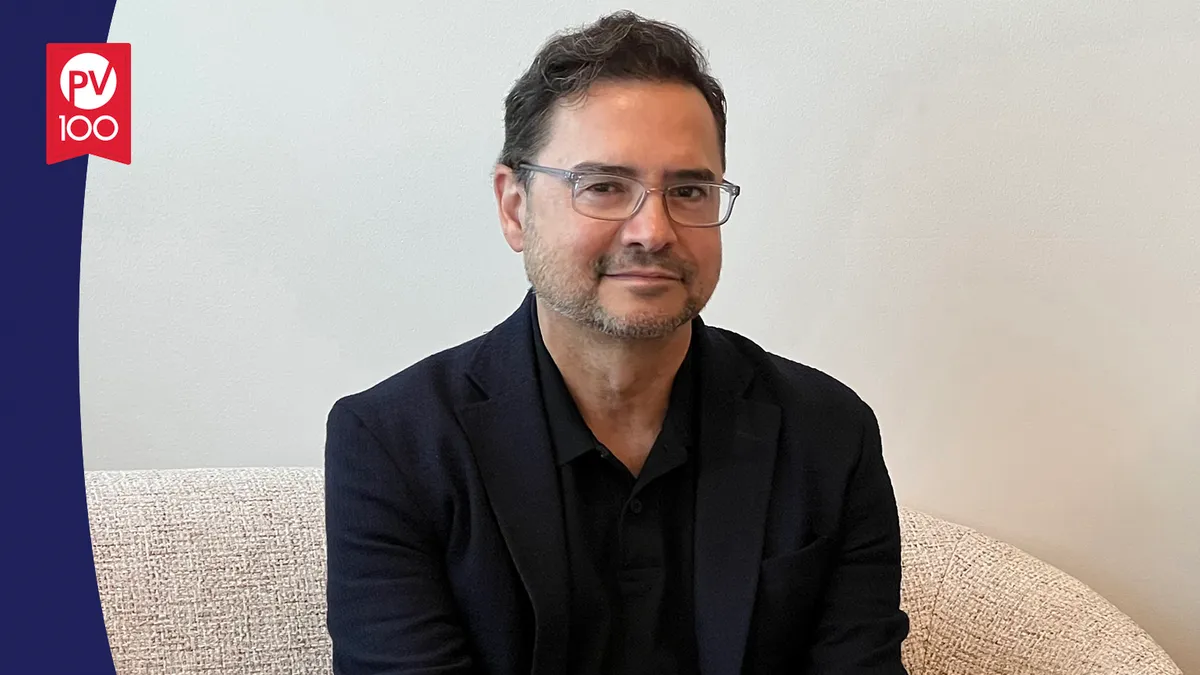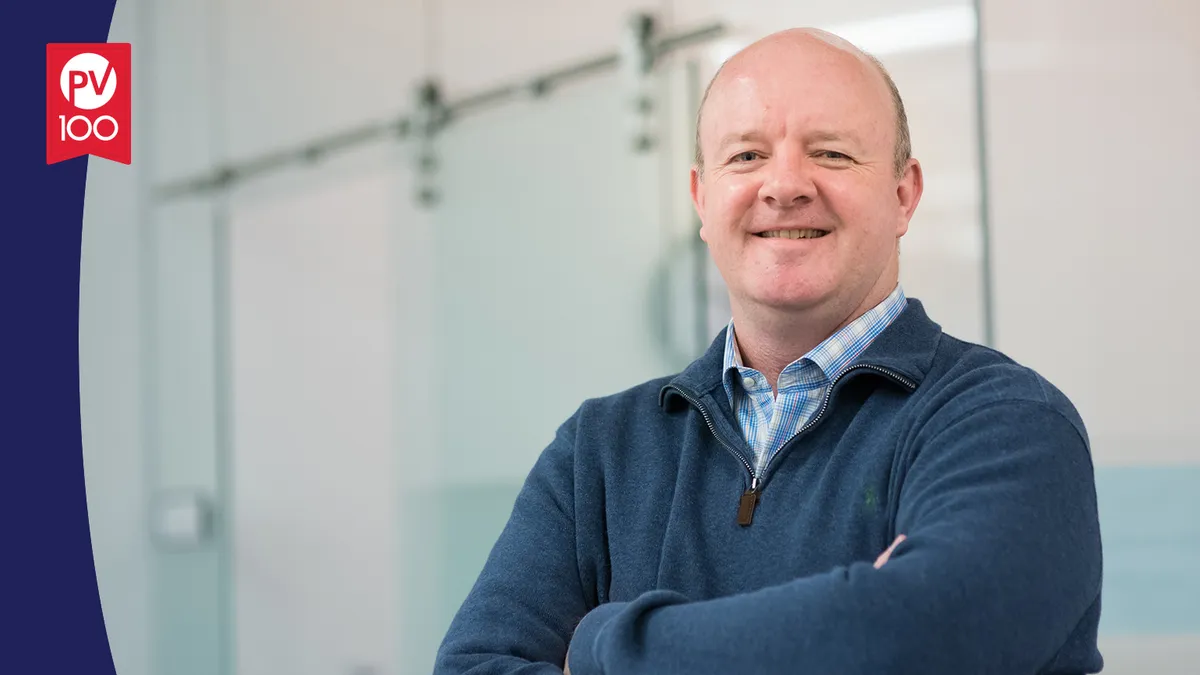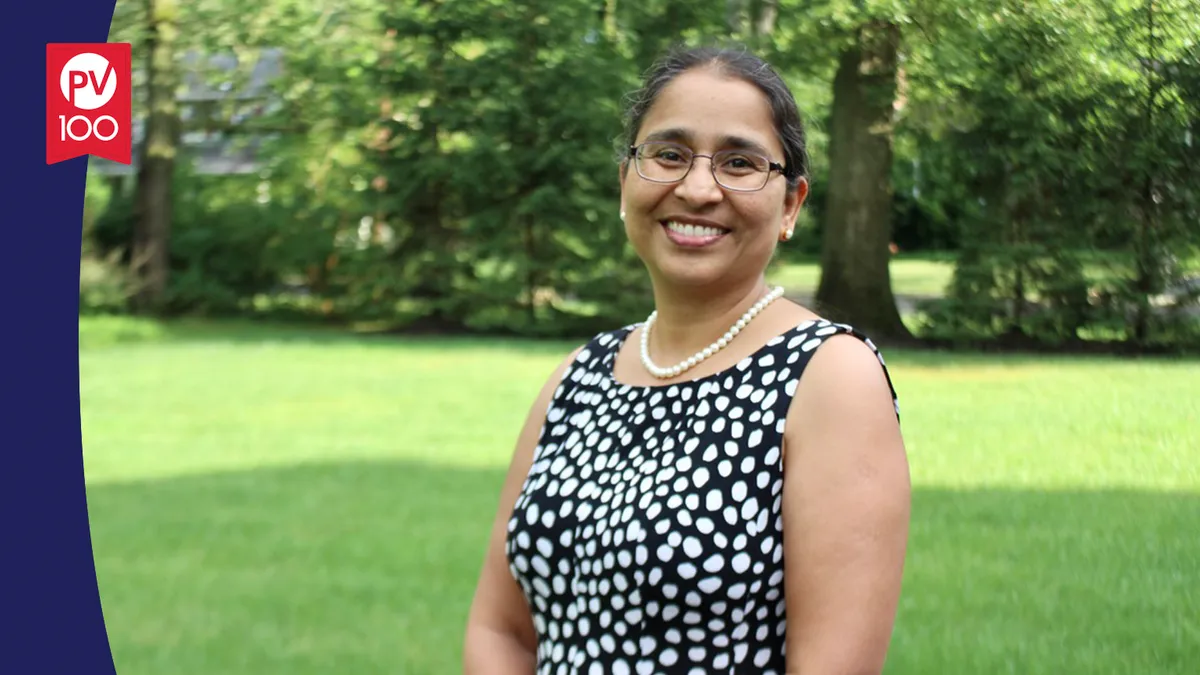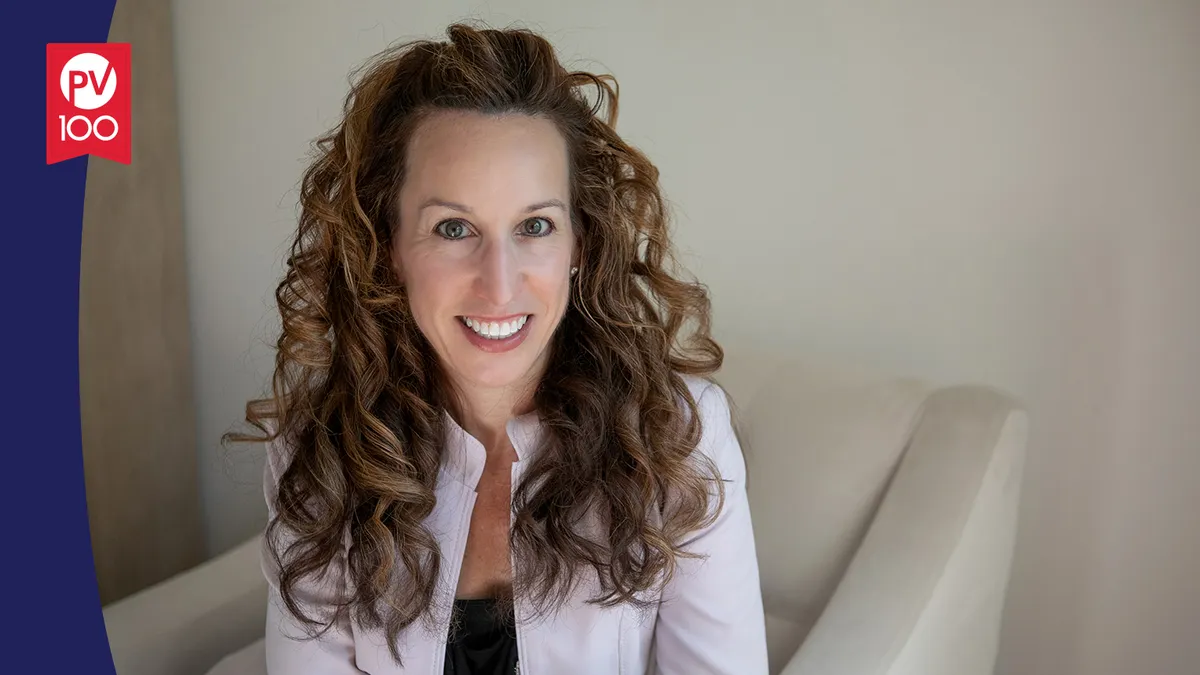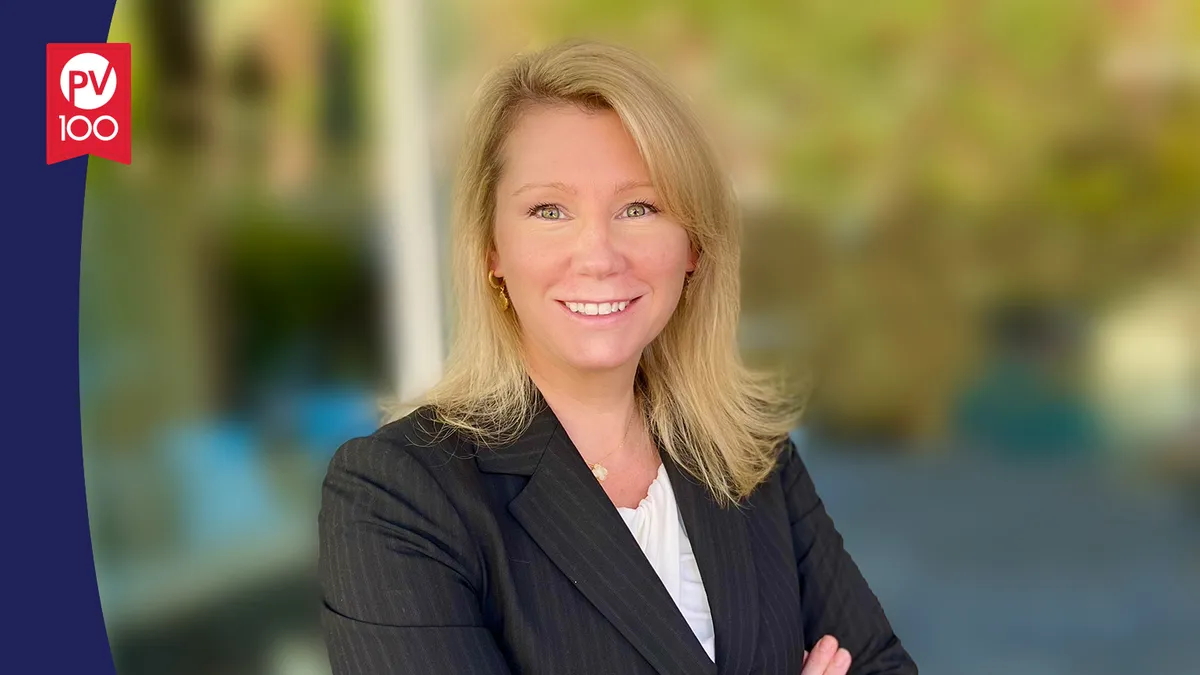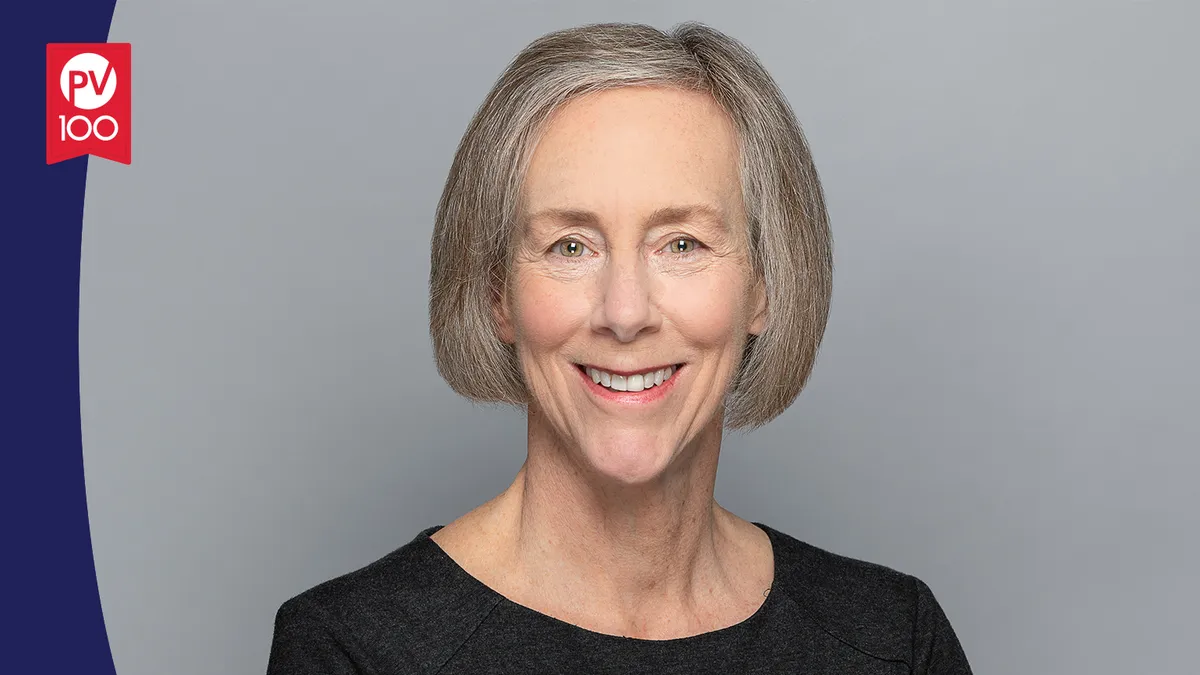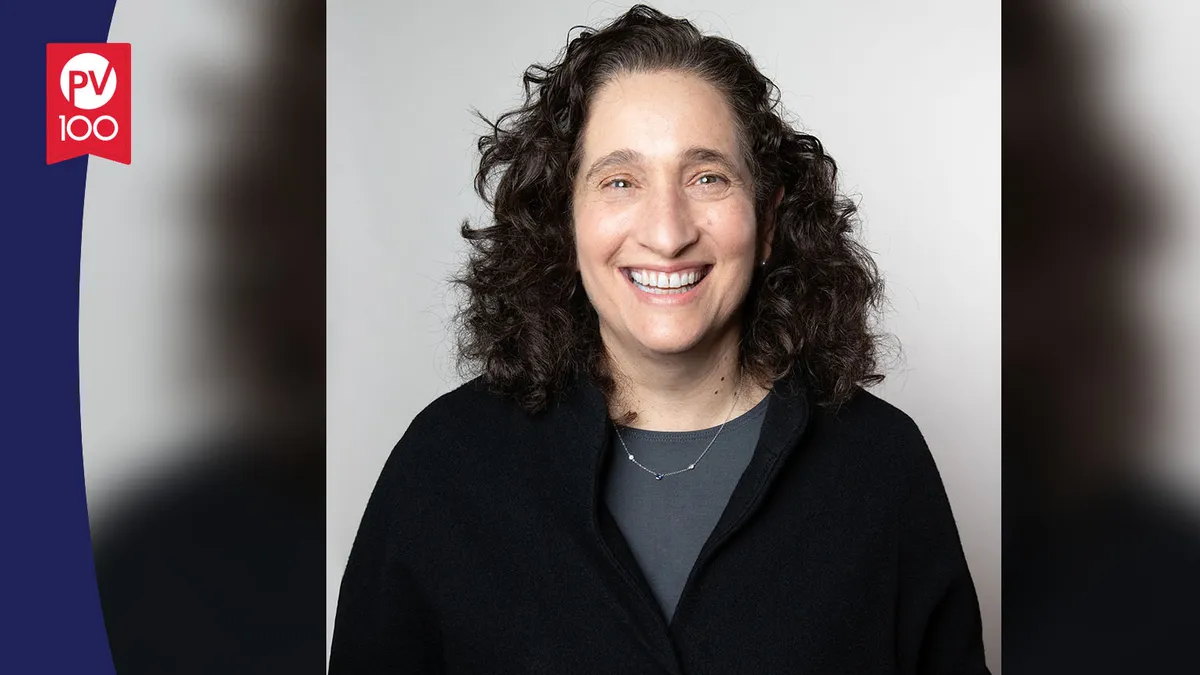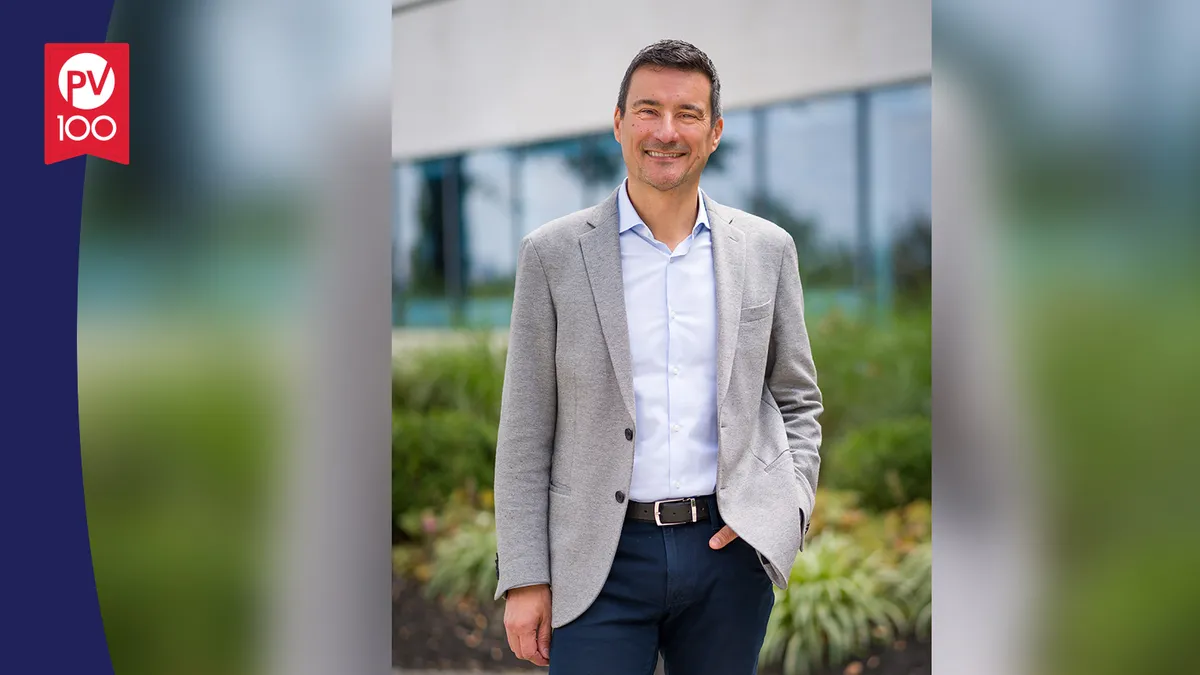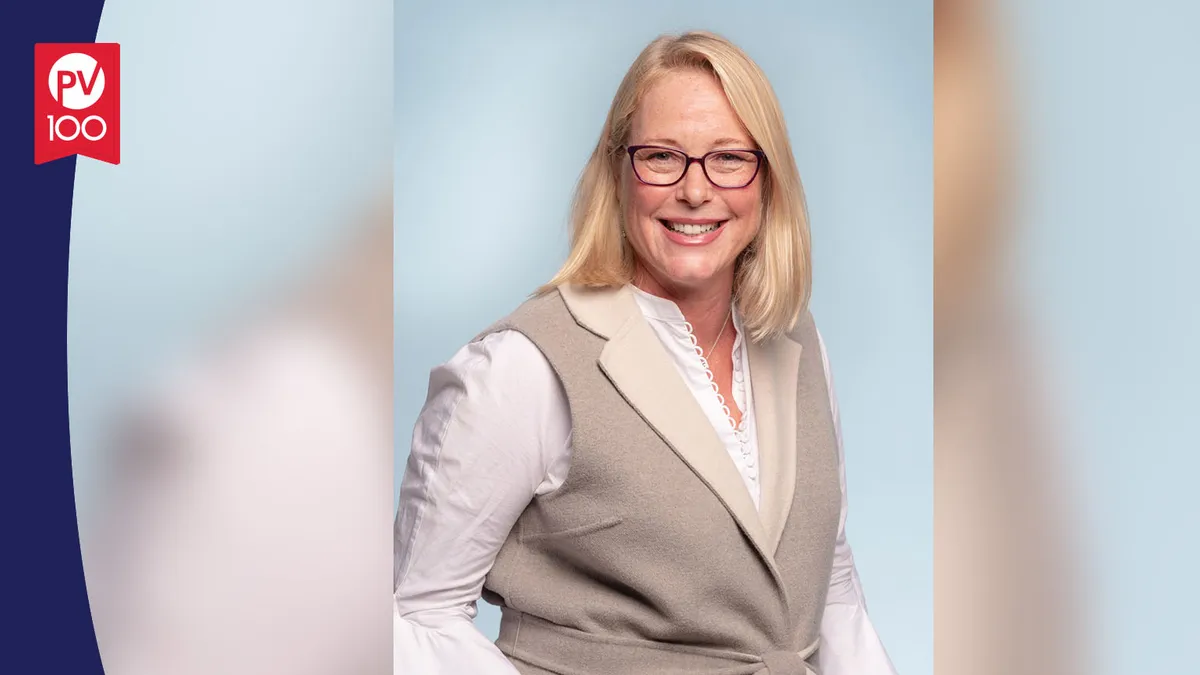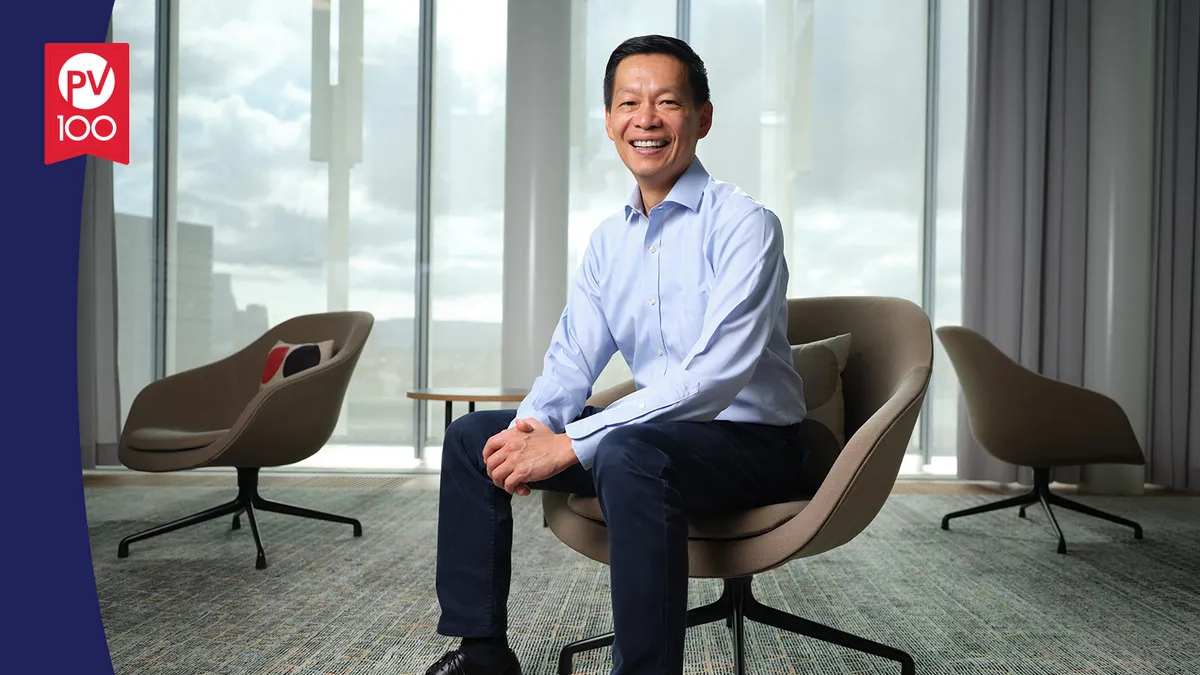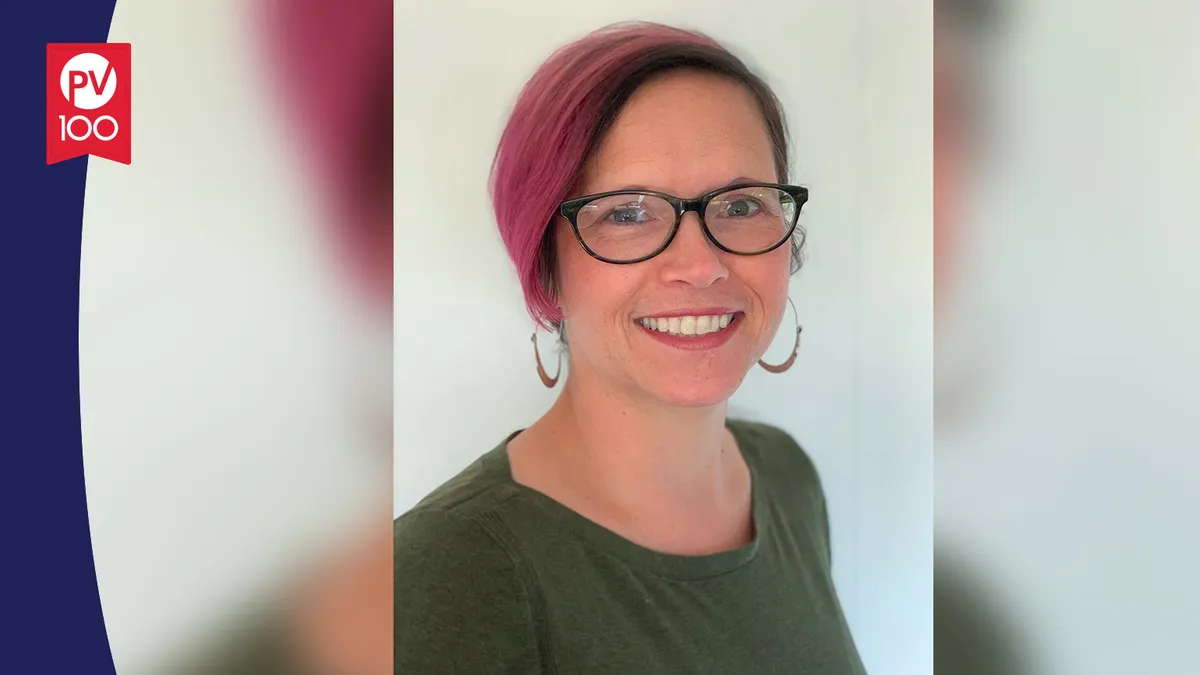Editor’s note: This story is part of our 2022 PharmaVoice 100 feature.
From the AIDS crisis to COVID-19, Lori Abrams has steadfastly worked to improve healthcare outcomes for minority communities. She began her career in the Laboratory of Immunoregulation at the National Institutes of Allergy and Infectious Diseases, the laboratory of Dr. Anthony Fauci. At the time, the group was running clinical trials to test early drug candidates to treat HIV and AIDS.
“I had friends getting sick, and daily met men who were in various stages of their disease at the clinical center,” she says. “It was a devastating time. The virus rapidly attacked the bodies of people I met, and the funerals were frequent.”
It was during this time that Abrams decided to become a voice for those who could not speak for themselves. She went on to serve six years in the military’s HIV drug program, where she ran clinical trials and successfully lobbied Congress for a $32 million per year increase in funding — a feat that led to her nomination as a delegate to the White House Conference on HIV/AIDS.
Later, she transitioned to work in the HIV clinical group at Bristol Myers Squibb as a senior protocol manager, where she rose through the ranks and helped build one of the first-ever R&D diversity and patient engagement groups in the industry.
That drive to advocate for patients has carried throughout Abrams’ career.
“I have learned to lead by not always leading — but by allowing others to get the visibility, gain experience and receive the credit.”
Lori Abrams
Vice president, patient advocacy and clinical research diversity, WCG
Now the vice president of patient advocacy and clinical research diversity a WCG, a leading clinical trials solutions provider, Abrams and her team work to ensure that each clinical trial enrolls a diverse group of patients from underserved populations by facilitating culturally appropriate dialogue between patients, care providers, community members and trial stakeholders. The feedback and interactions from these groups has garnered significant recommendations for the sponsors, but importantly, has empowered diverse community members.
The work is already making a positive impact on diversifying clinical trial enrollment, her colleagues say, noting that trial sponsors often ask Abrams’ team to assist with more studies.
Abrams notes that diversifying clinical trials is becoming more important in 2022, but when she first began working in R&D diversity more than a decade ago, it was considered unusual, and she often had to talk her way onto conference panels.
“Thanks to COVID-19, the FDA draft guidance document for diversity plans and the DEPICT Act, a much higher priority has been placed on diversification,” she says. “We spend countless hours working with sponsors to help them develop a robust diversity plan that captures all categories that are important both to the FDA and to the sponsor’s overarching goals. This is important. We also help to train the sites to understand diversity and create their own diversity plans. This is just the beginning. I challenge my colleagues to work with me and others to find solutions today. Too many who are ill are confused, invisible and suffering. It is unnecessary.”


